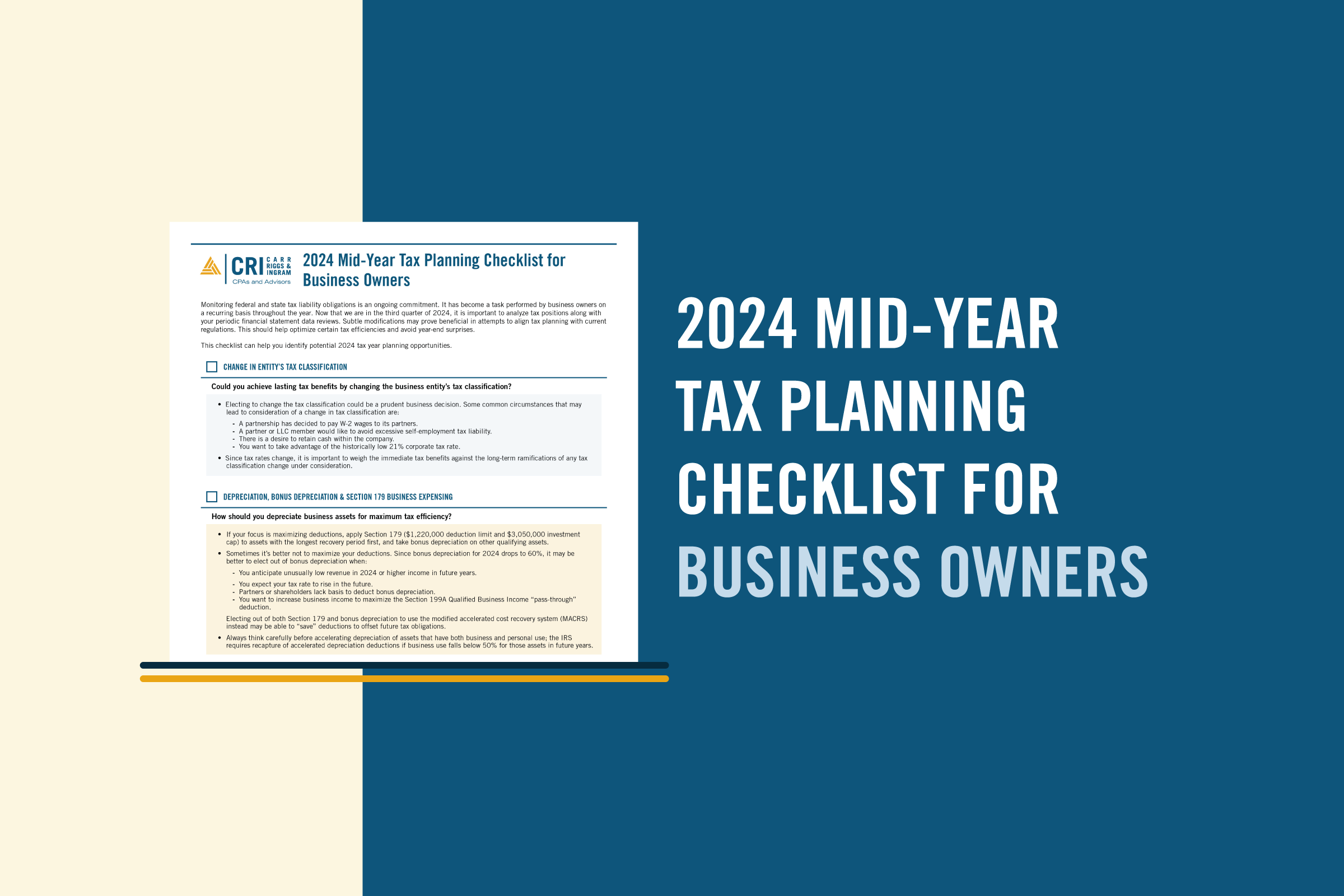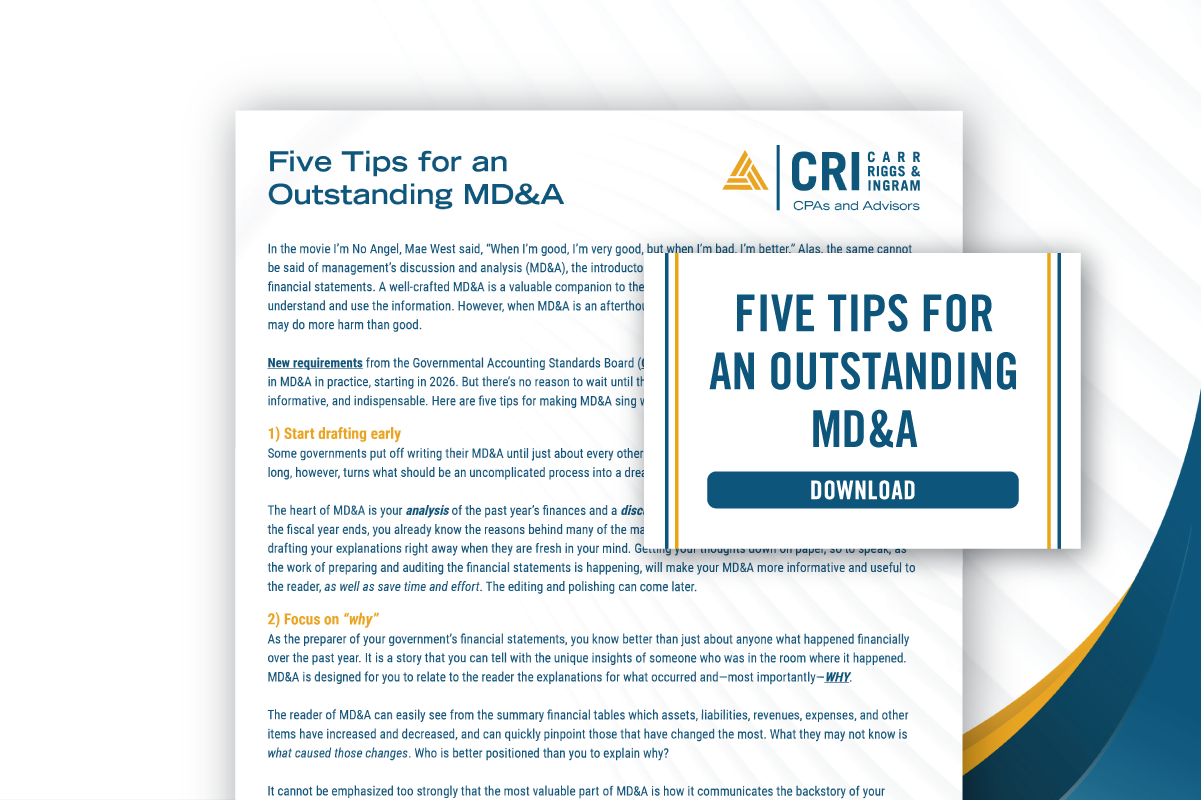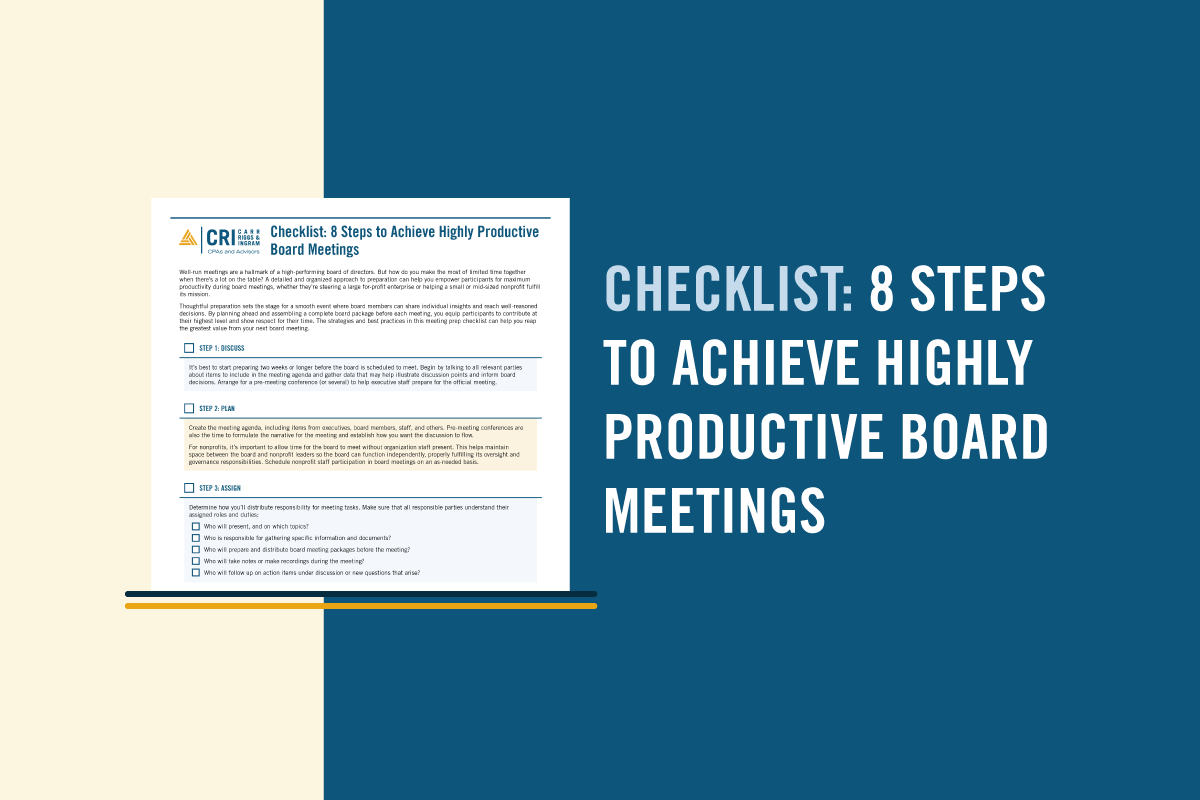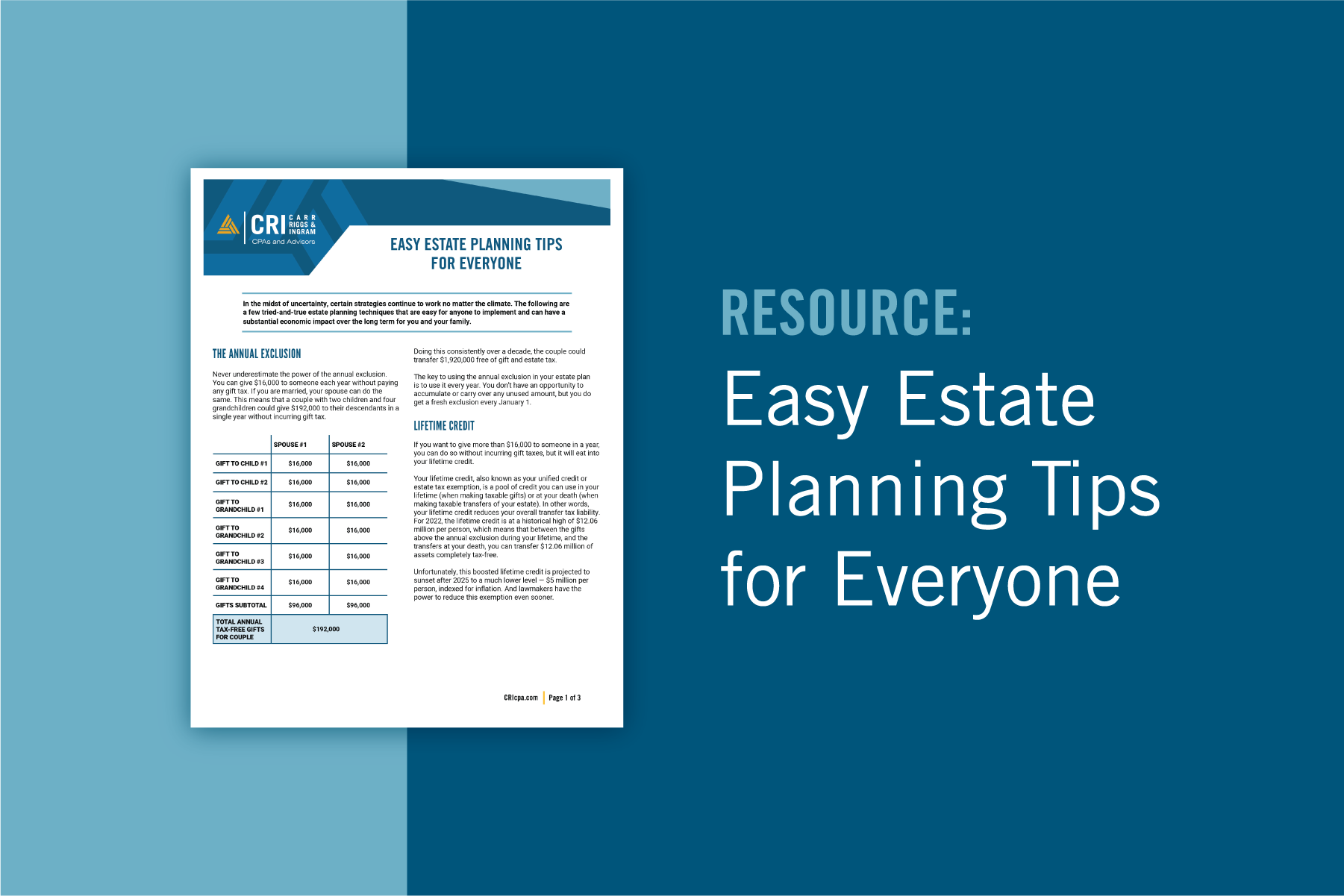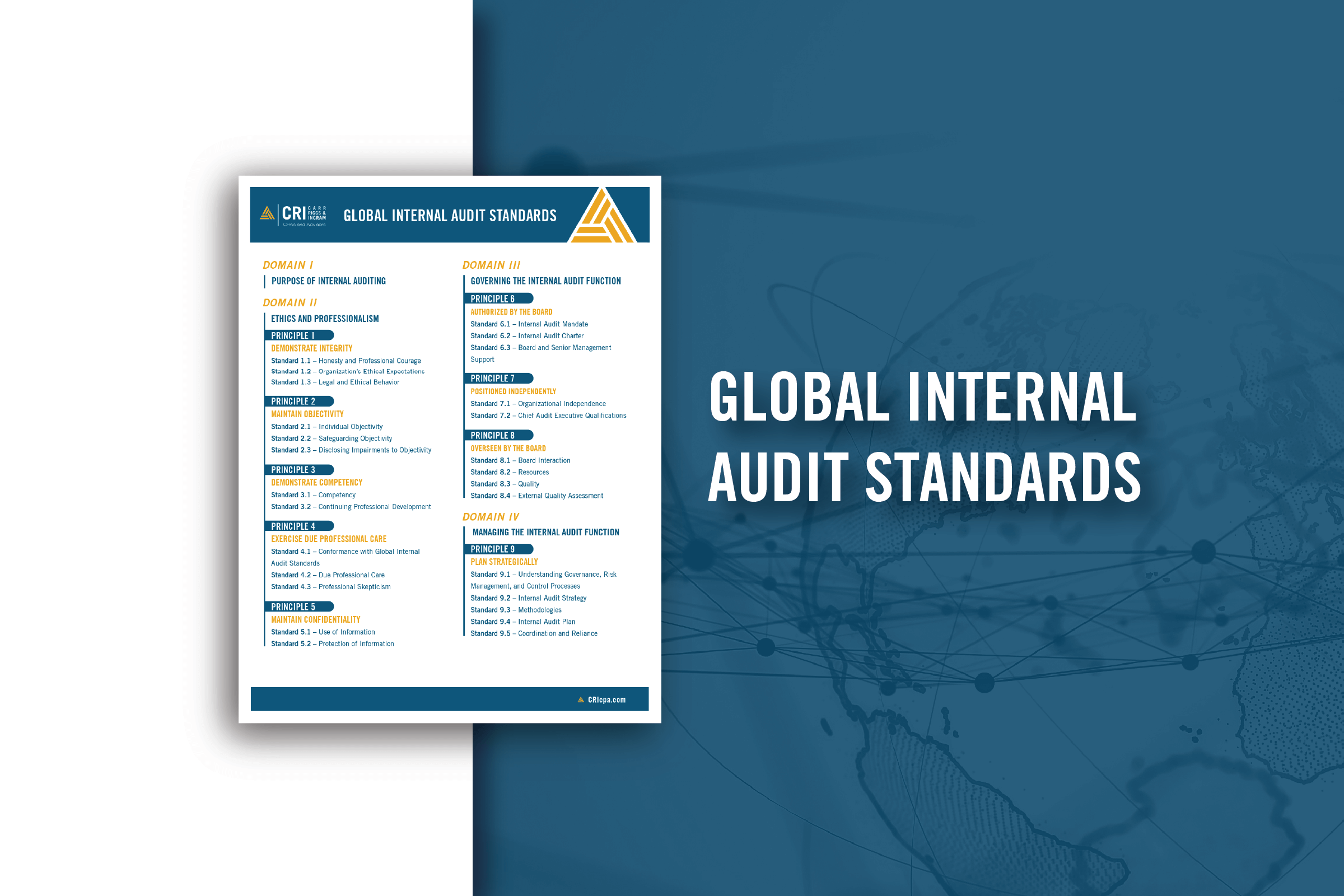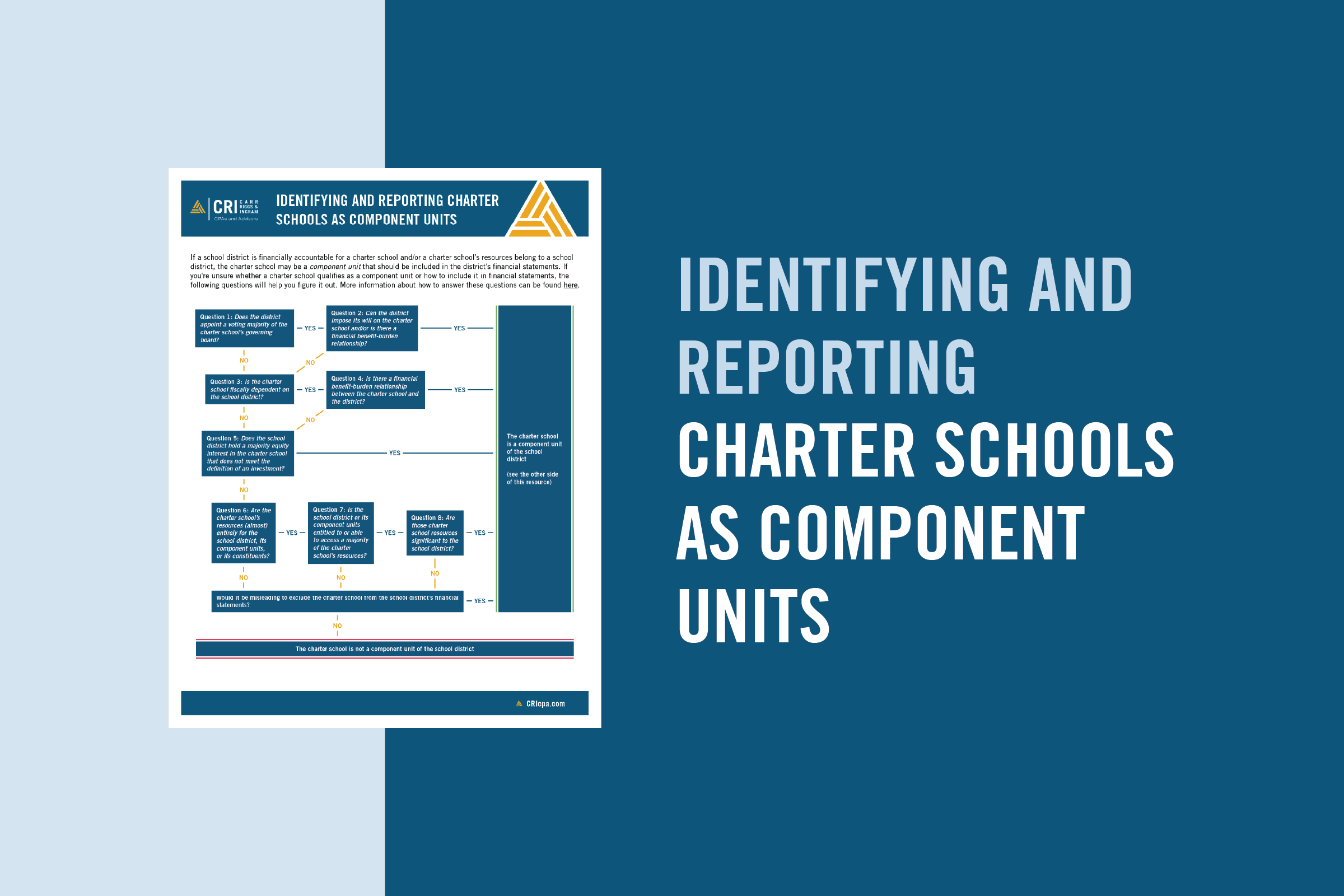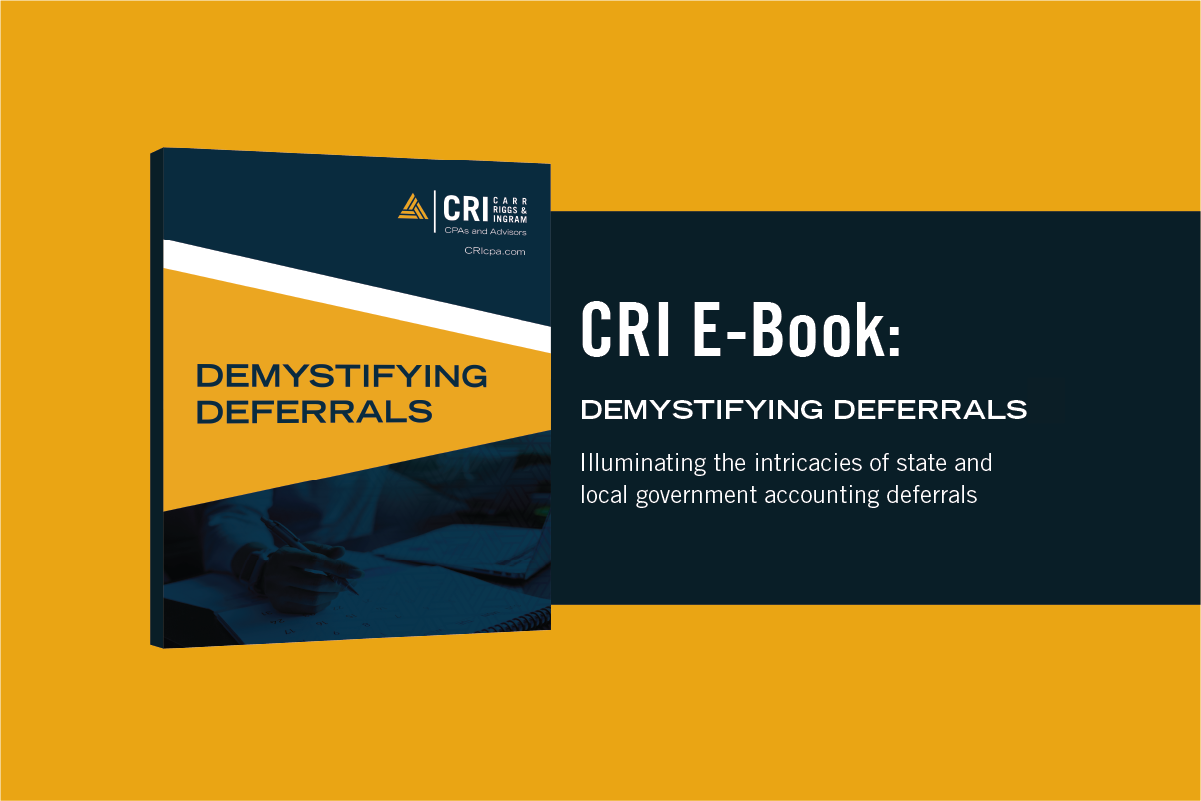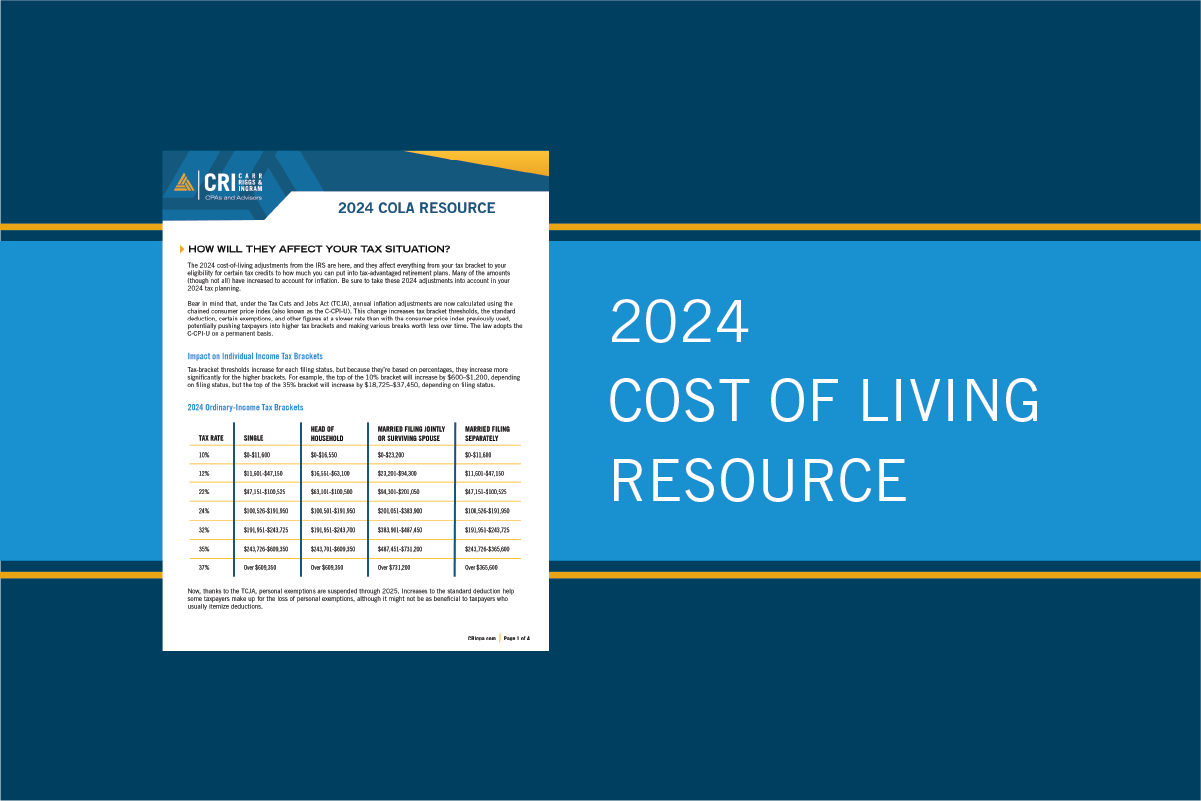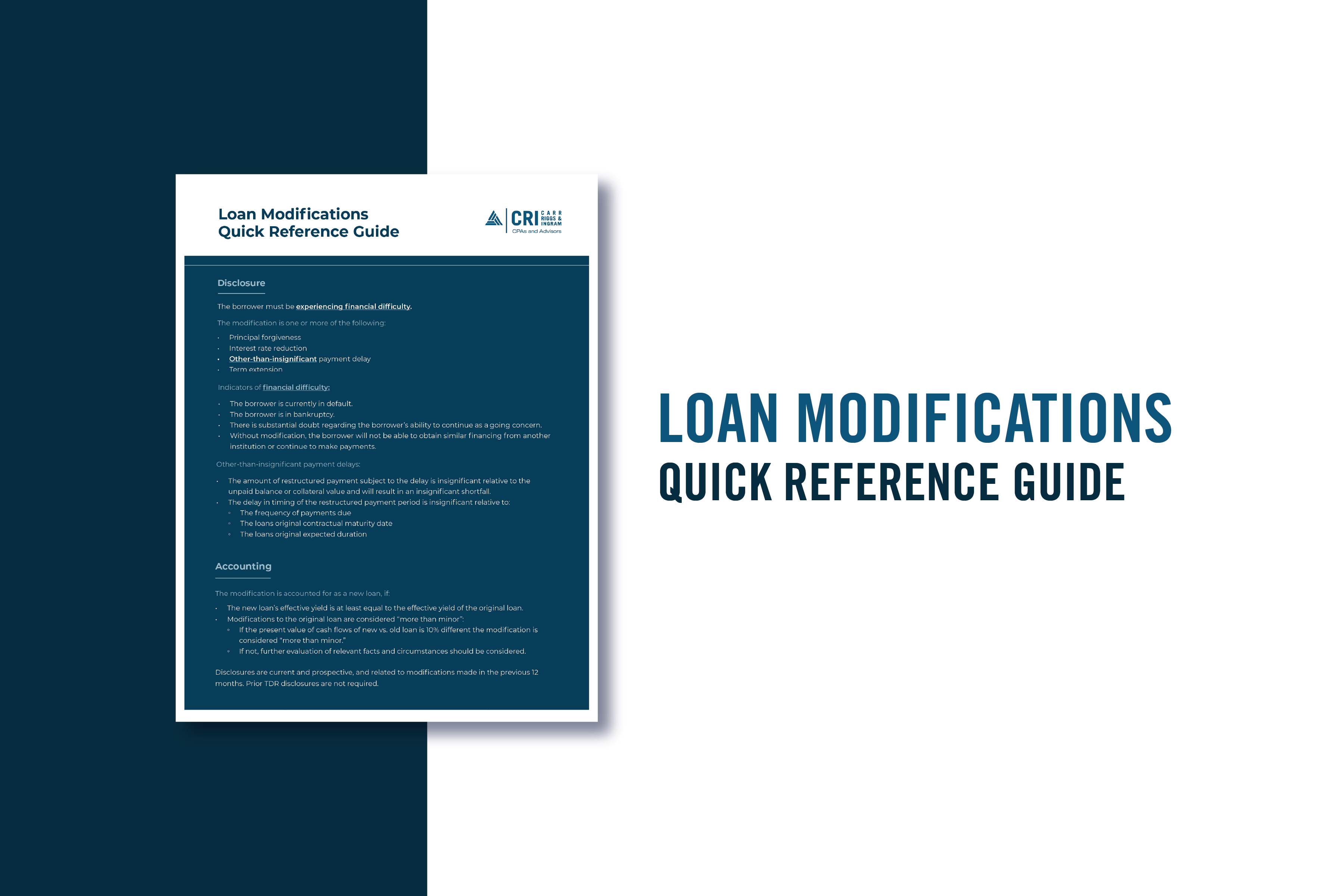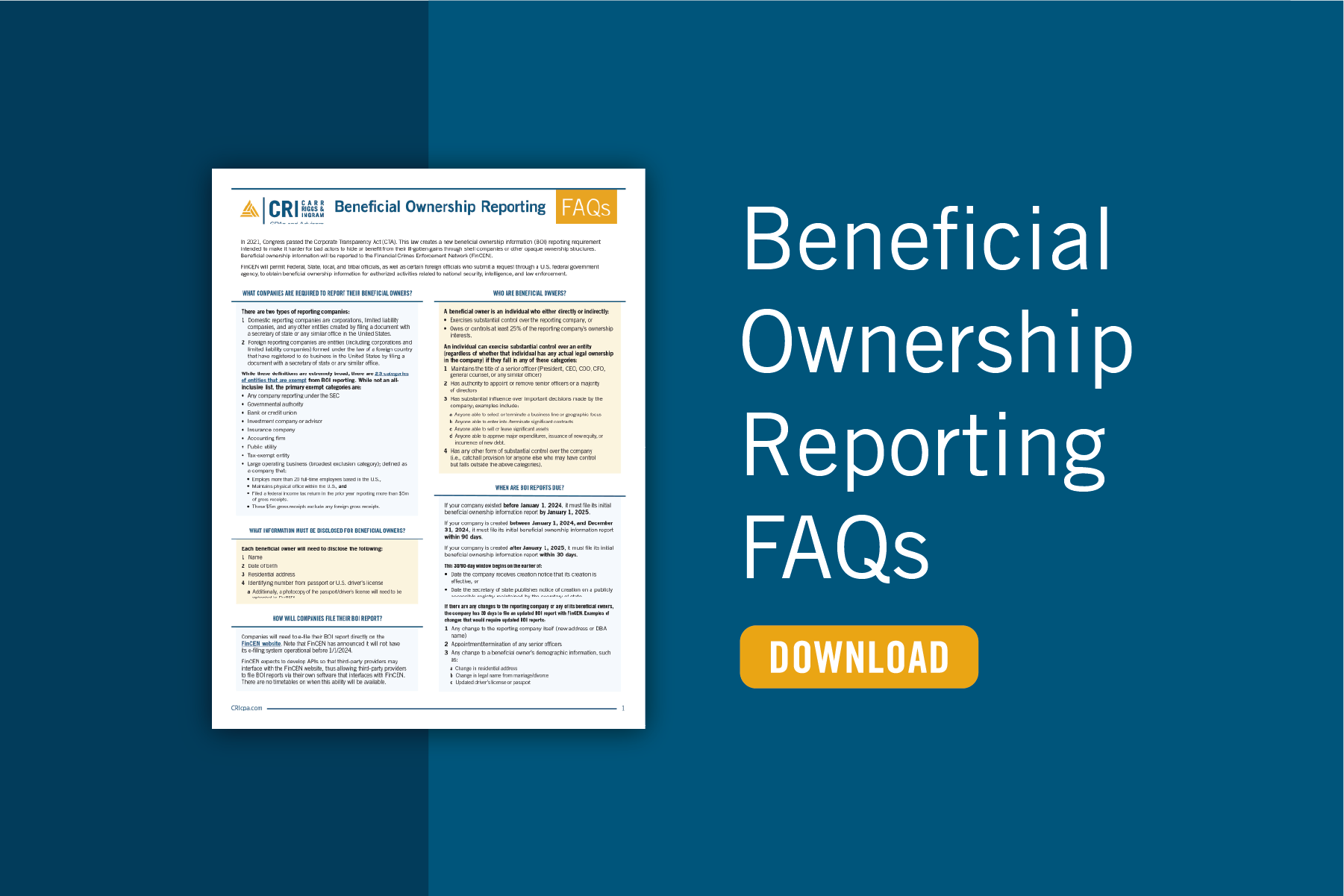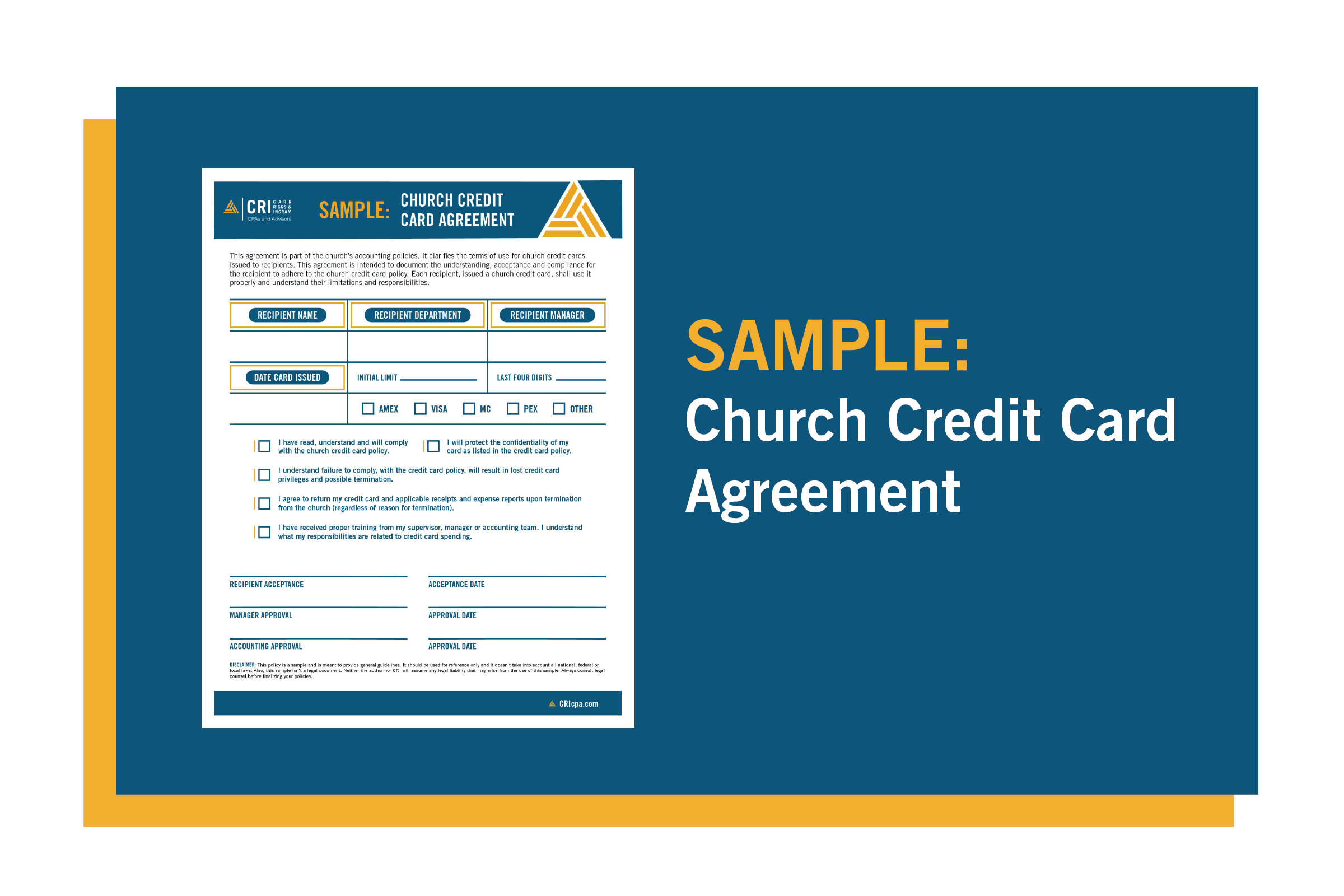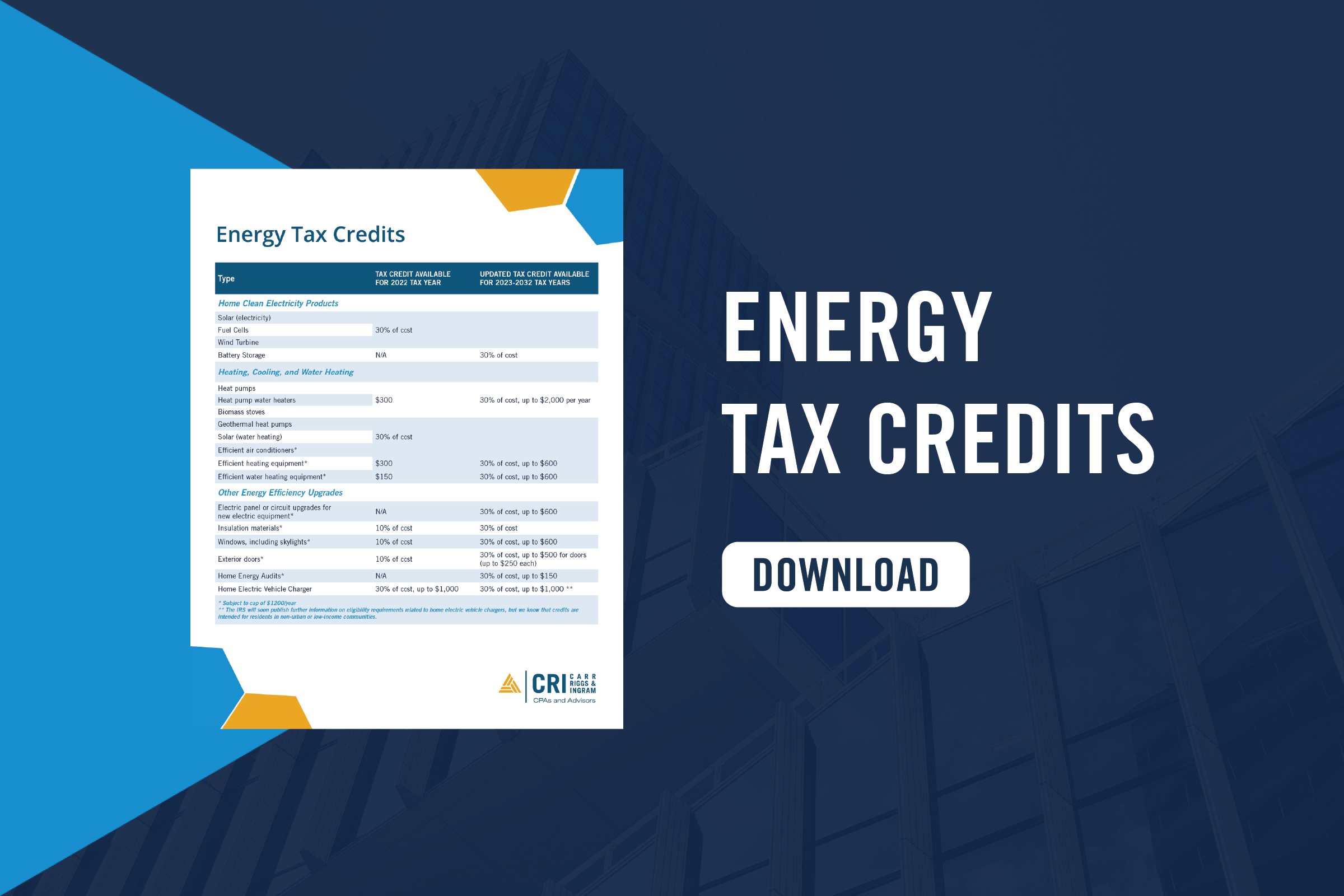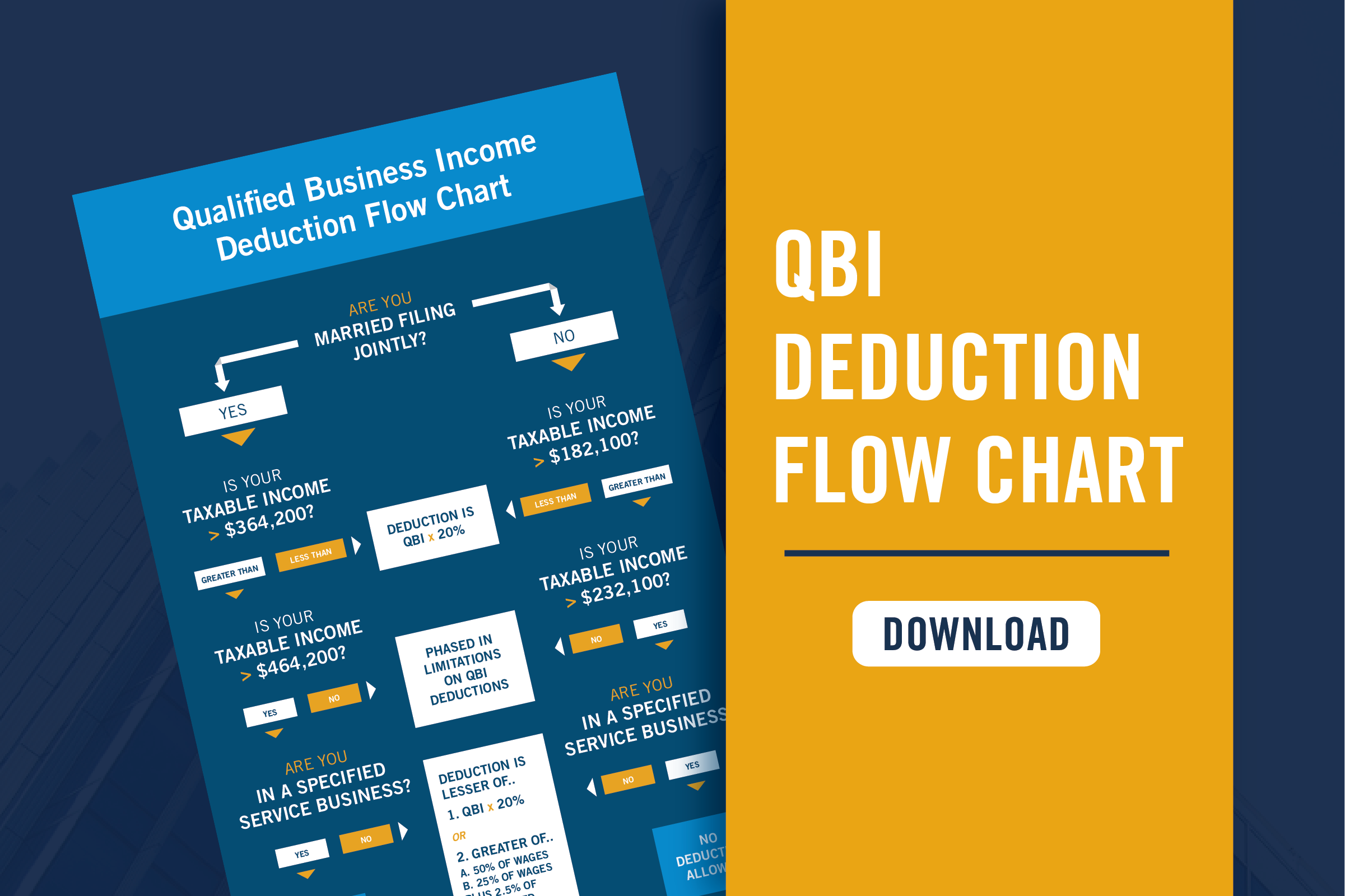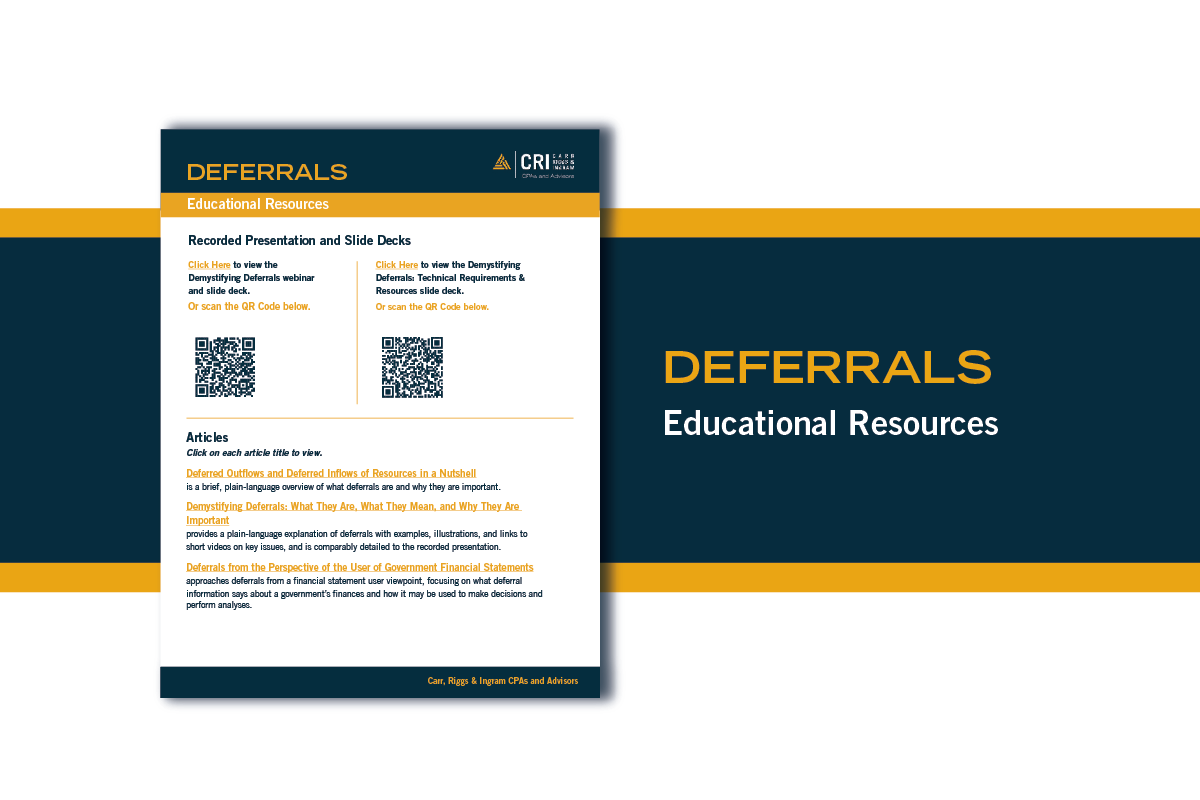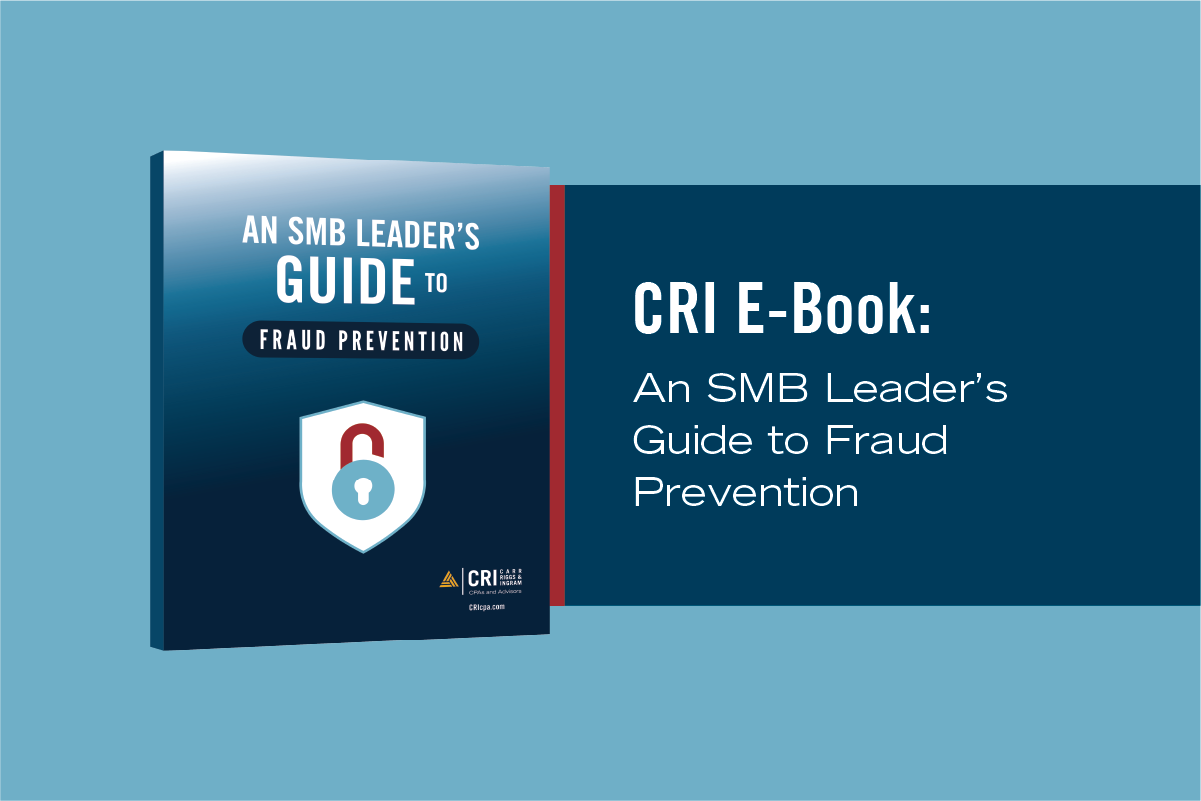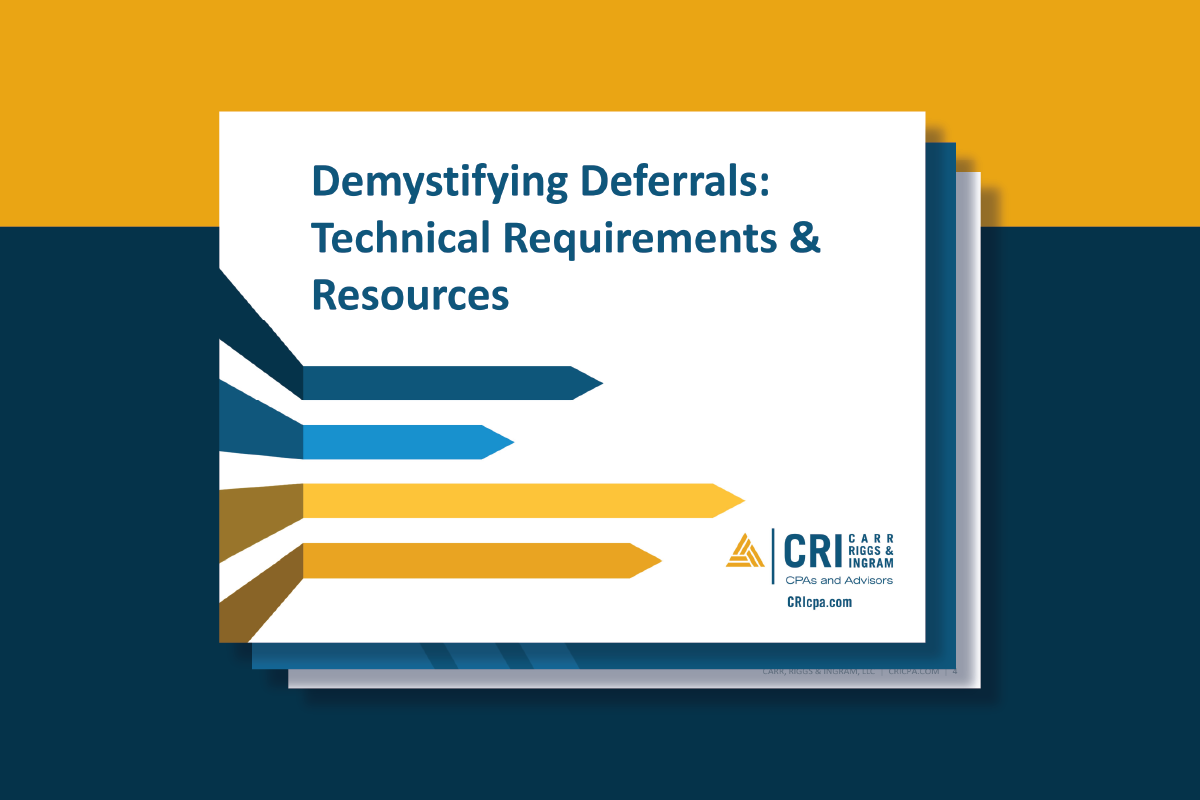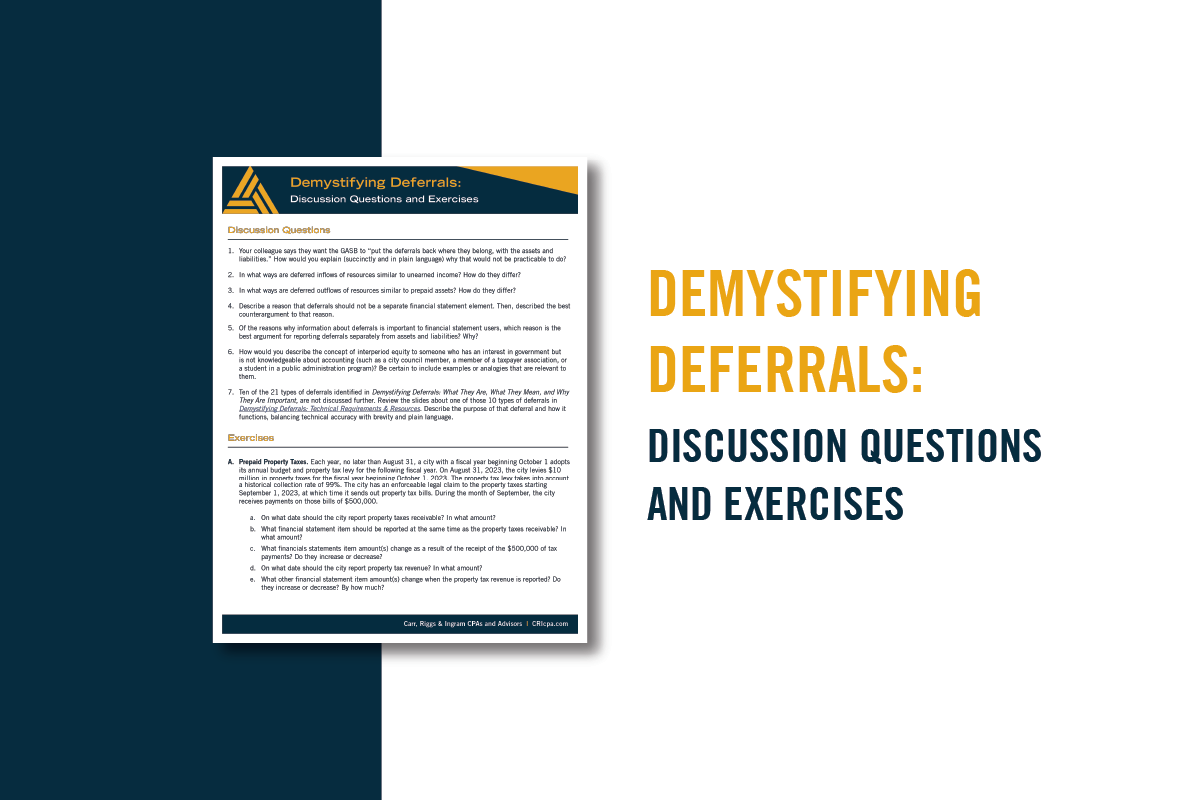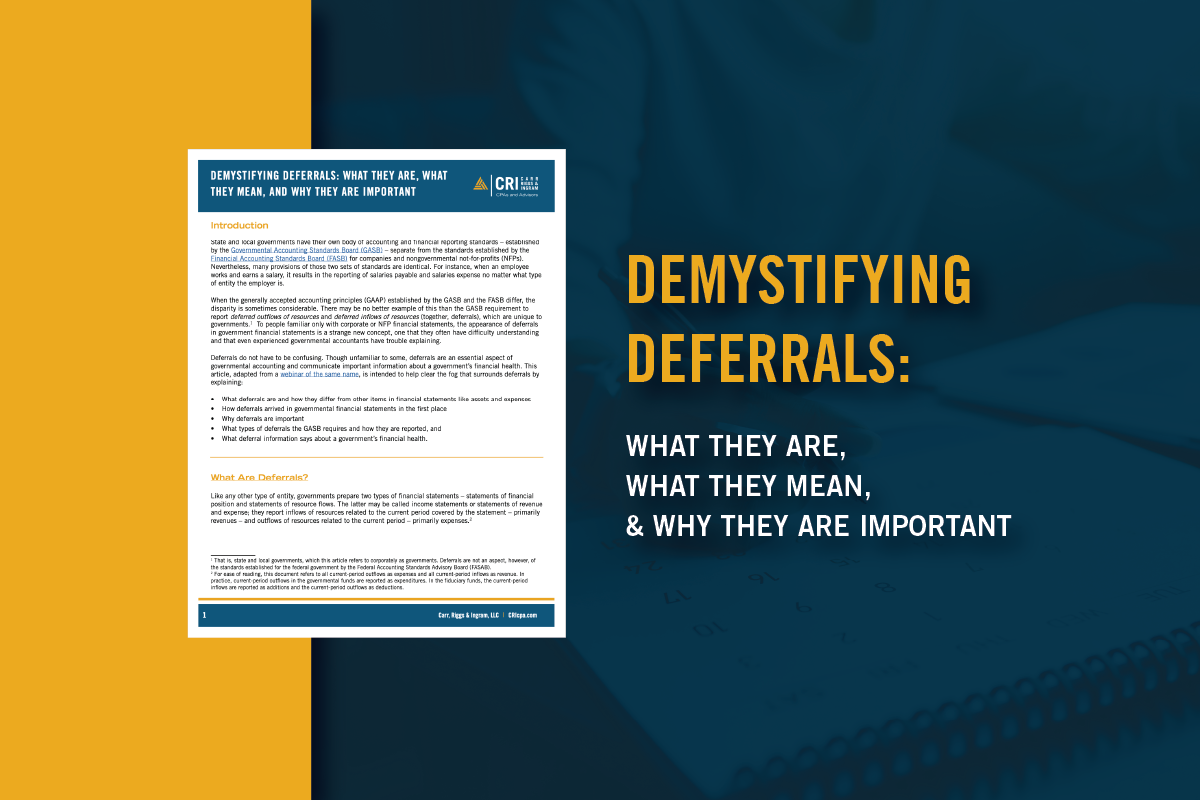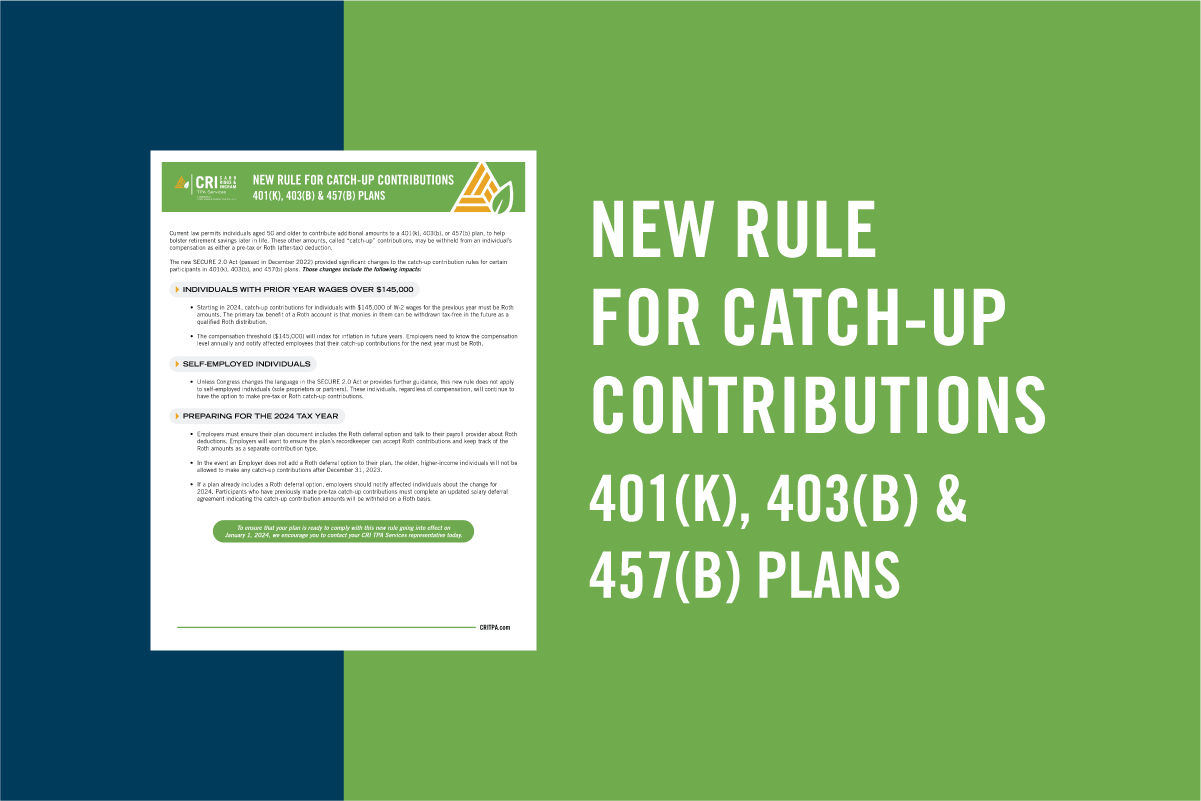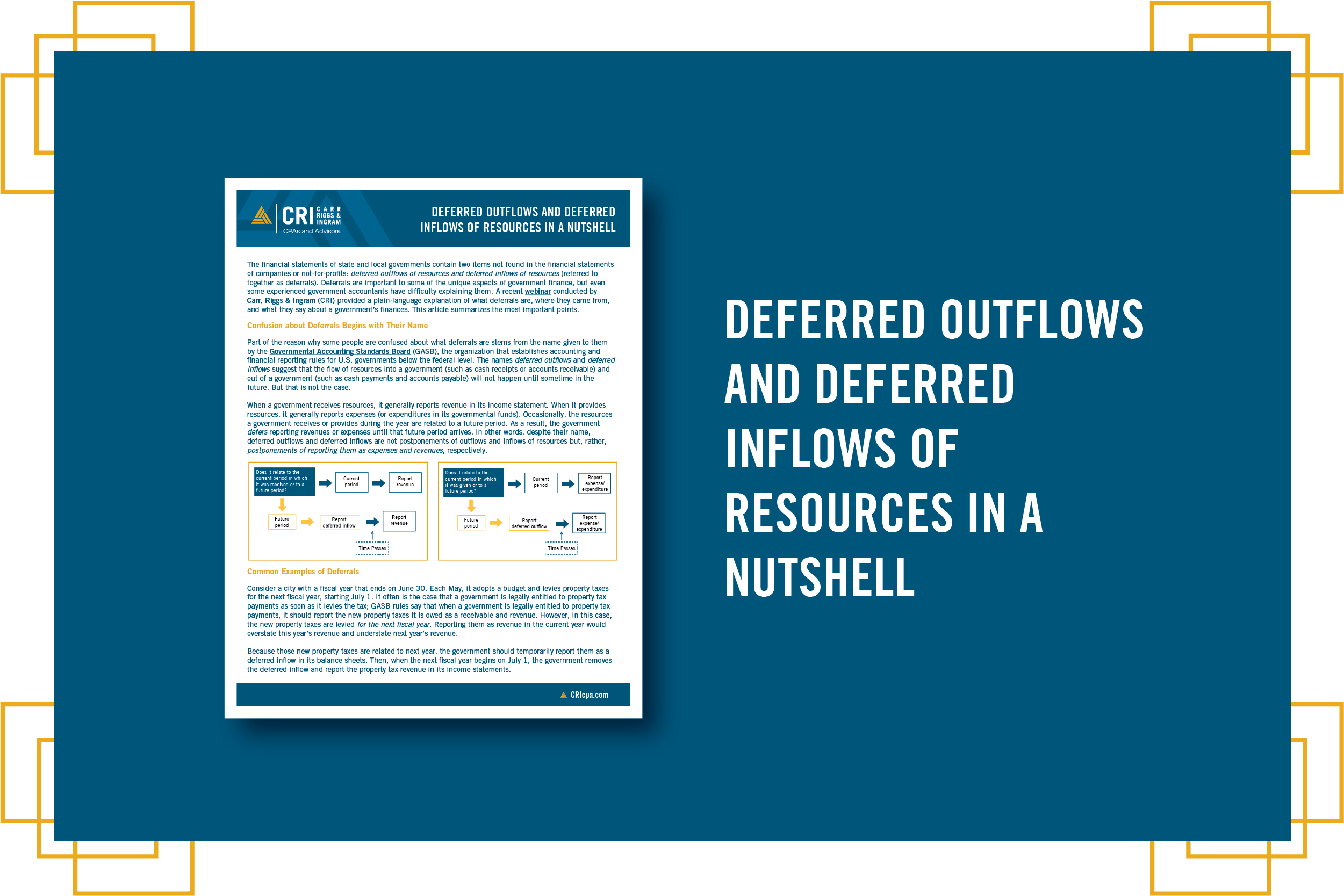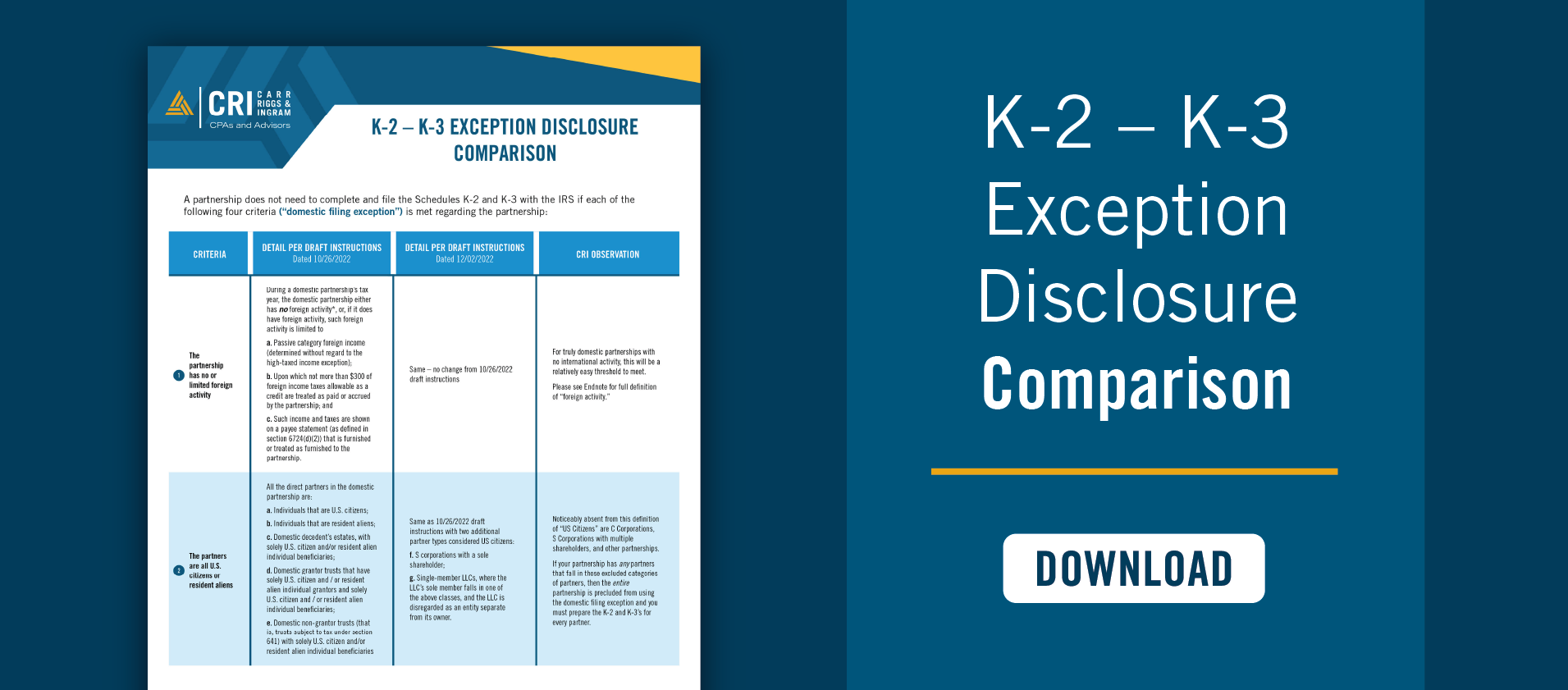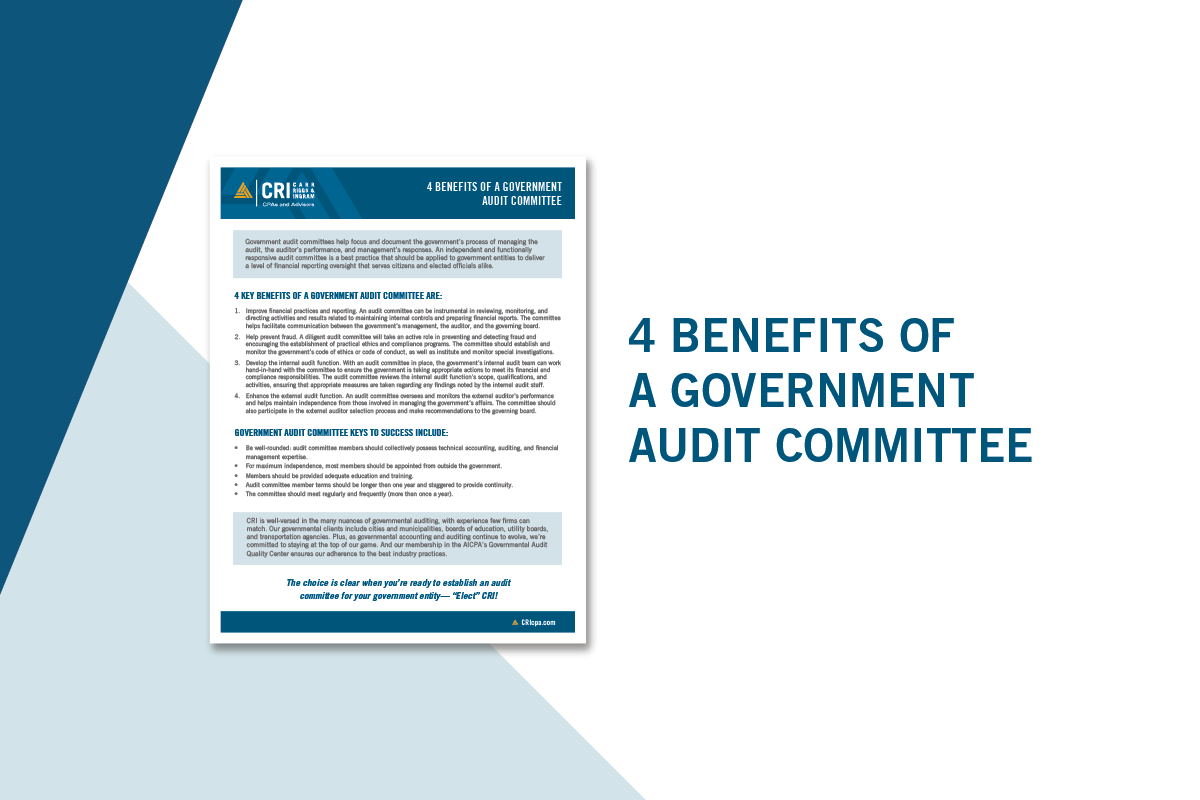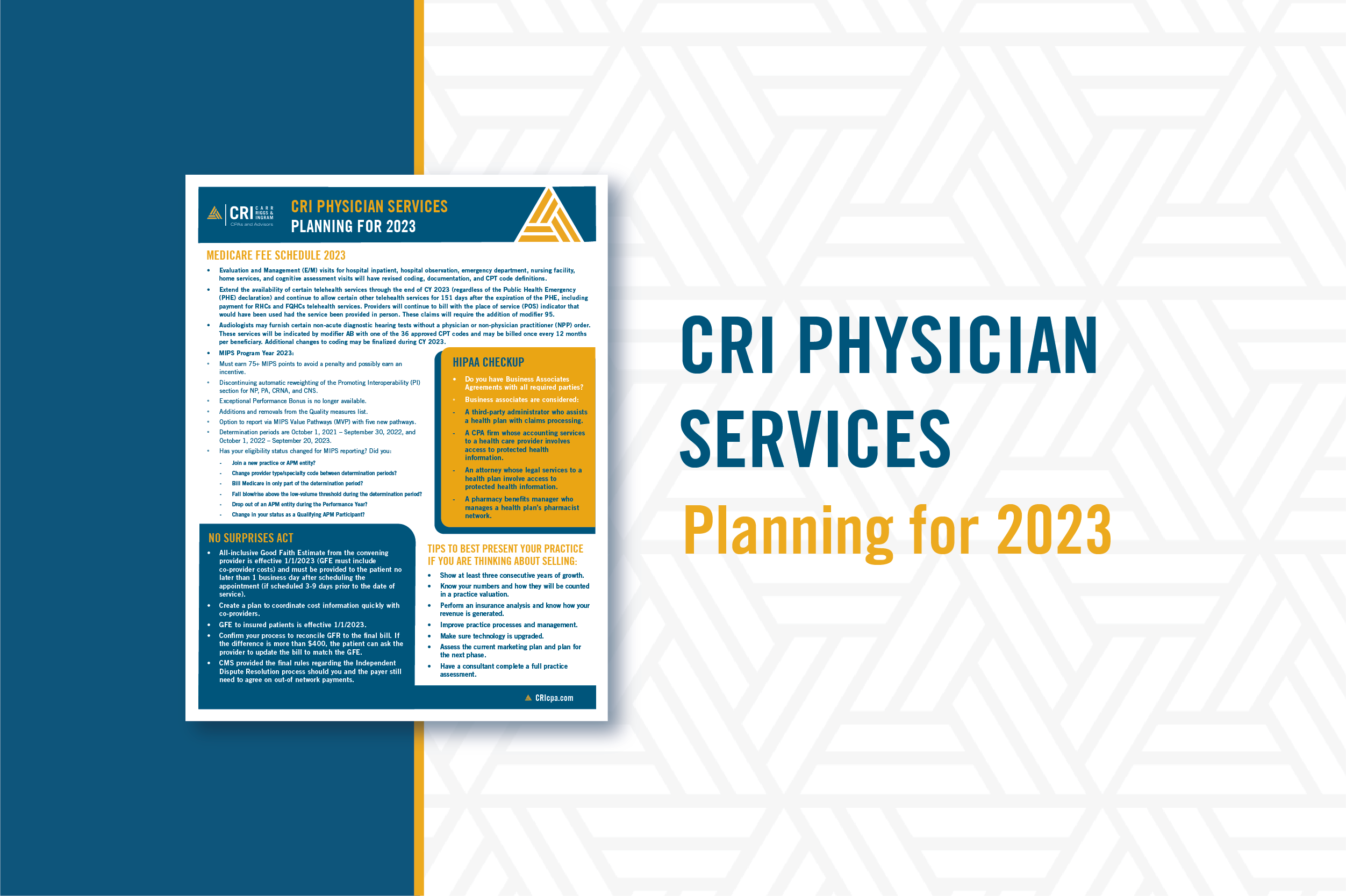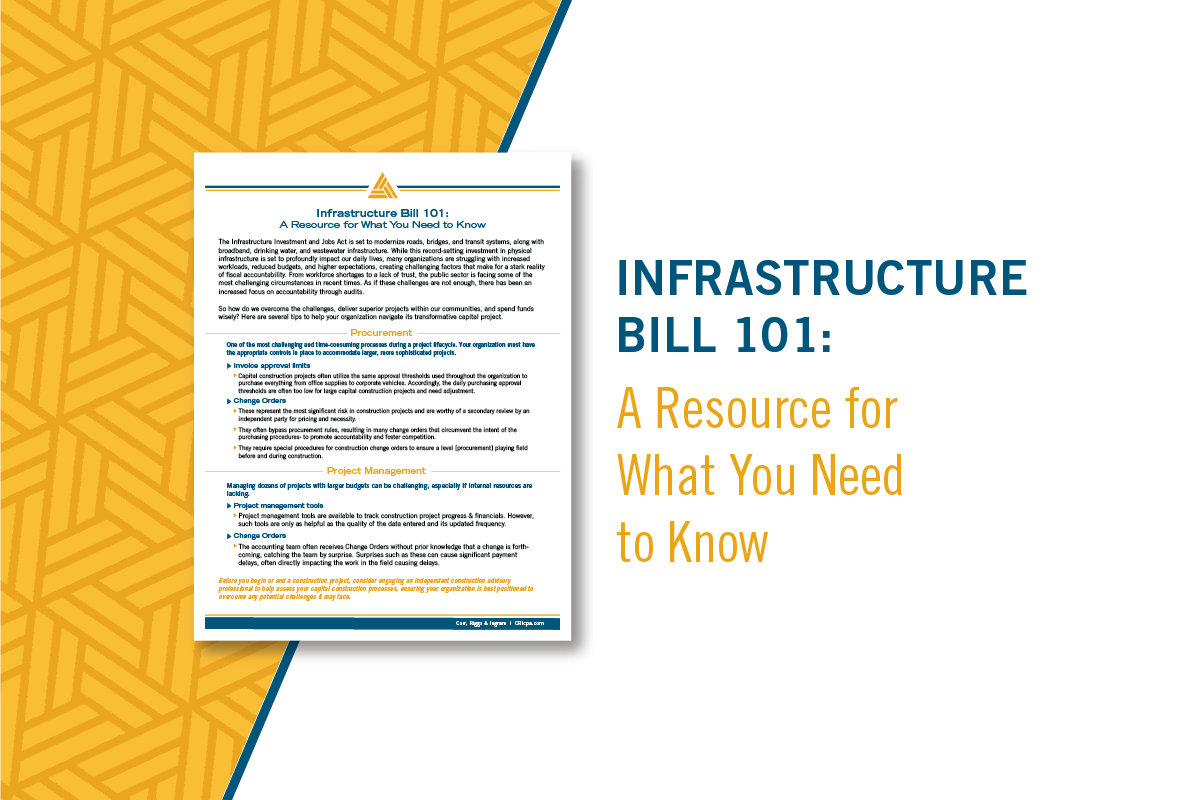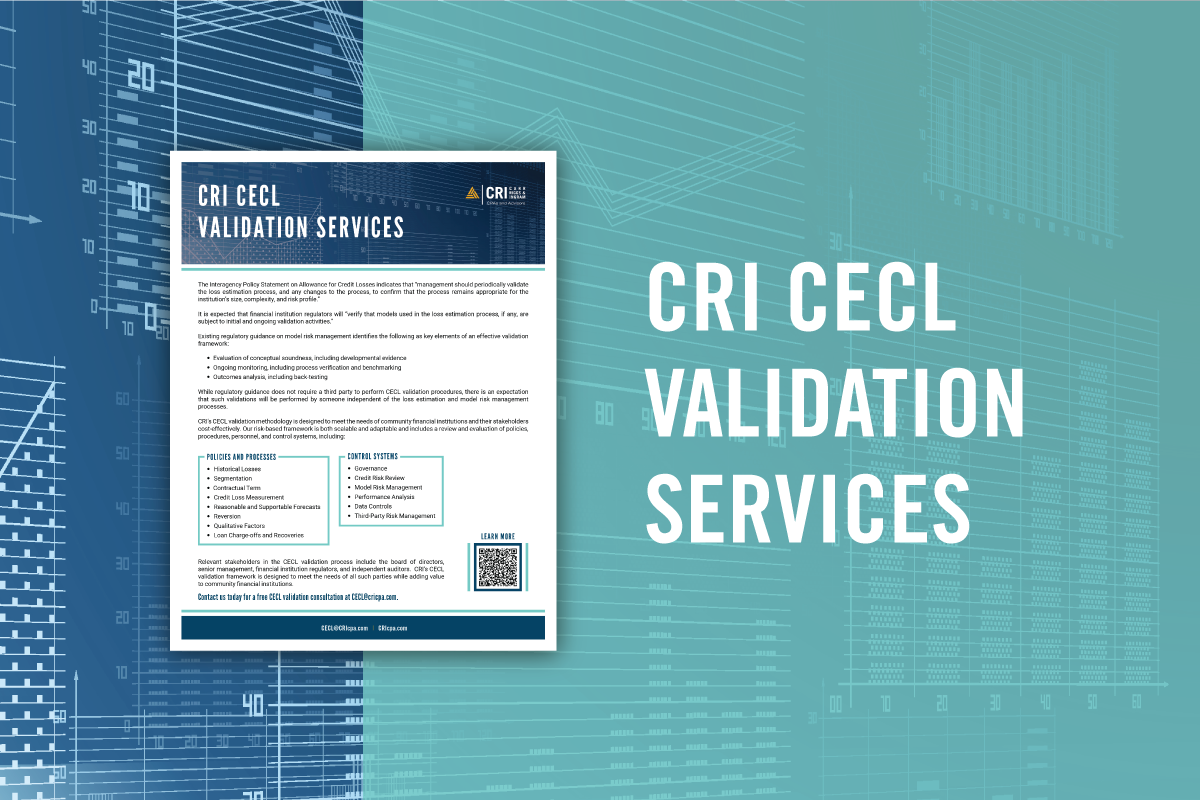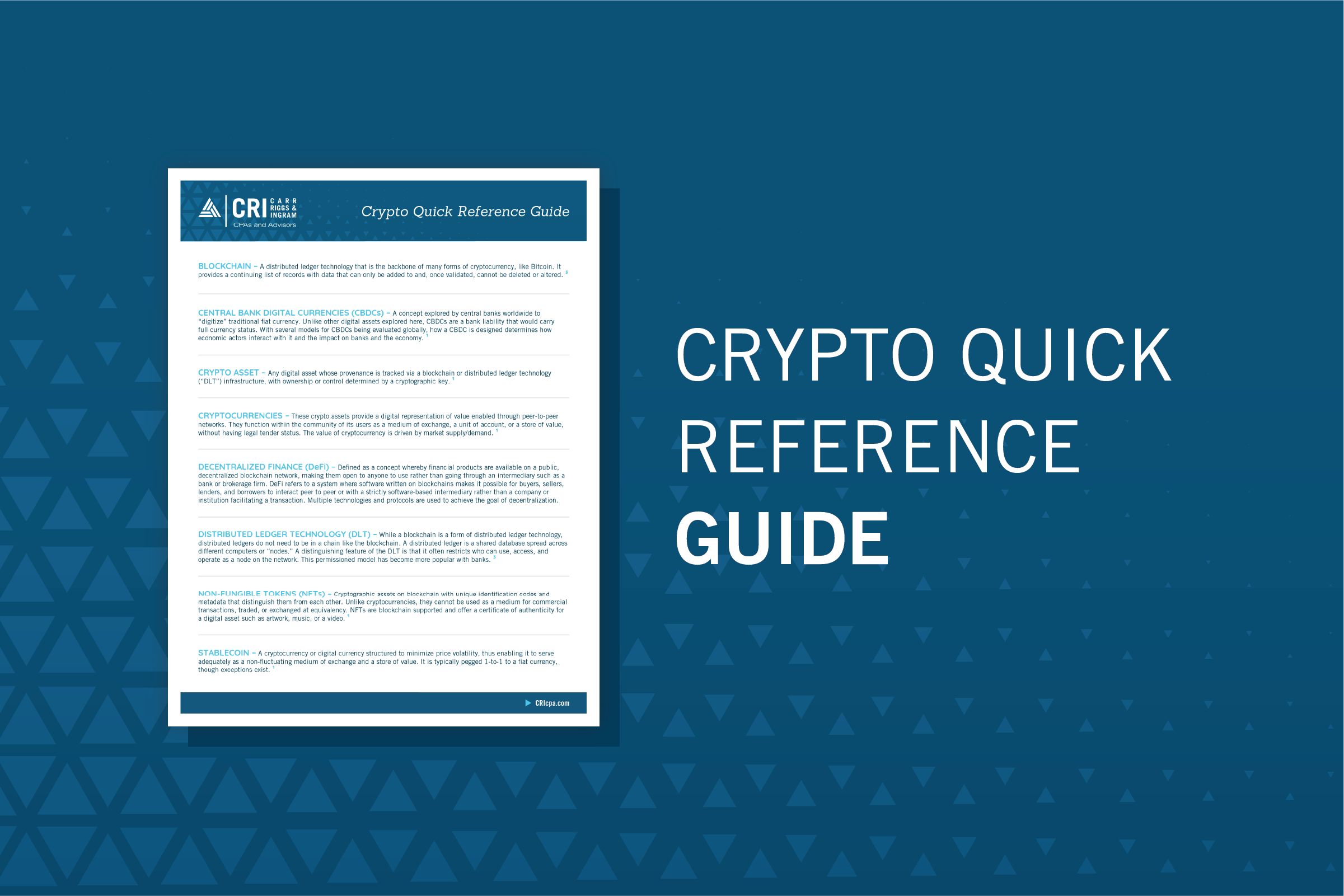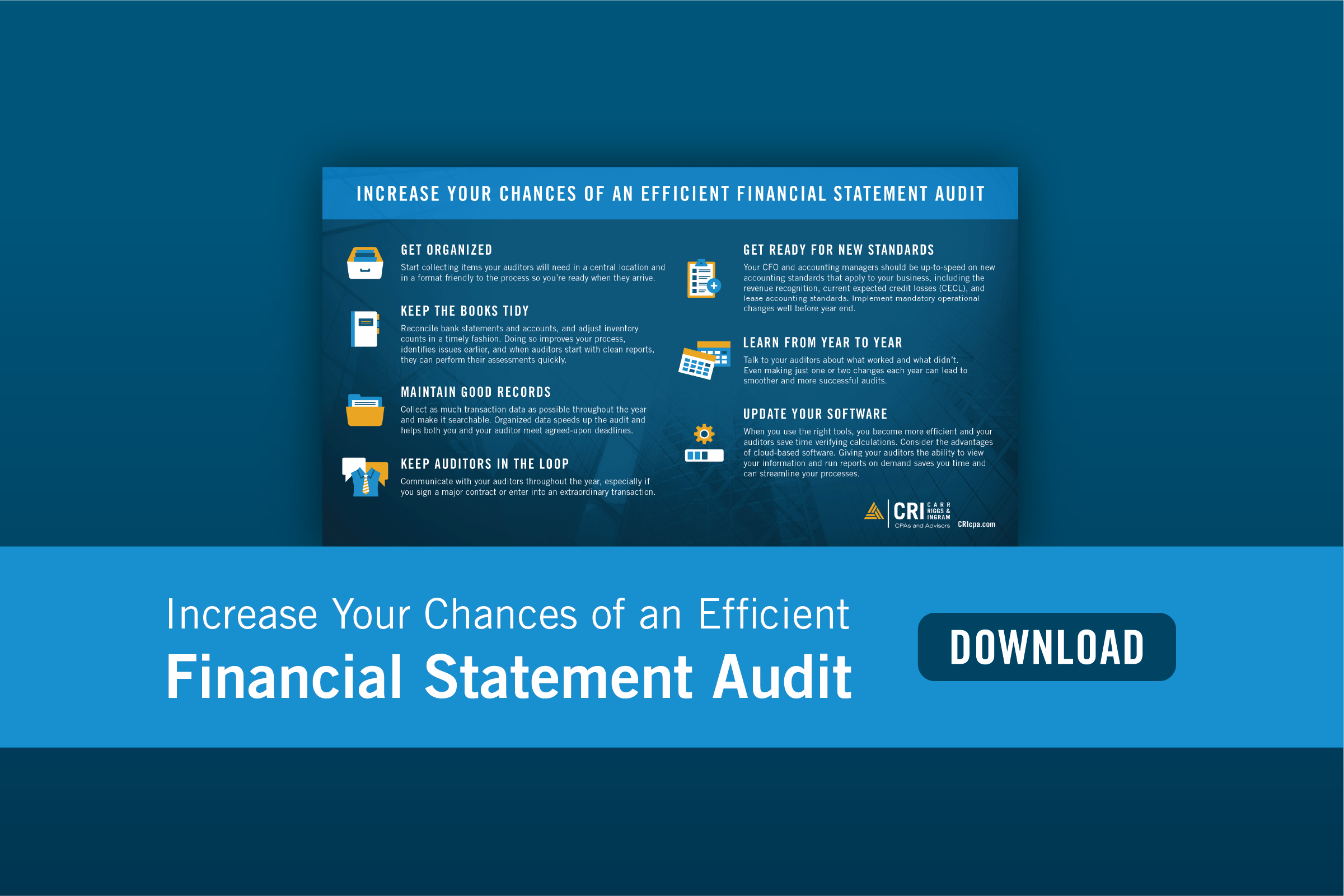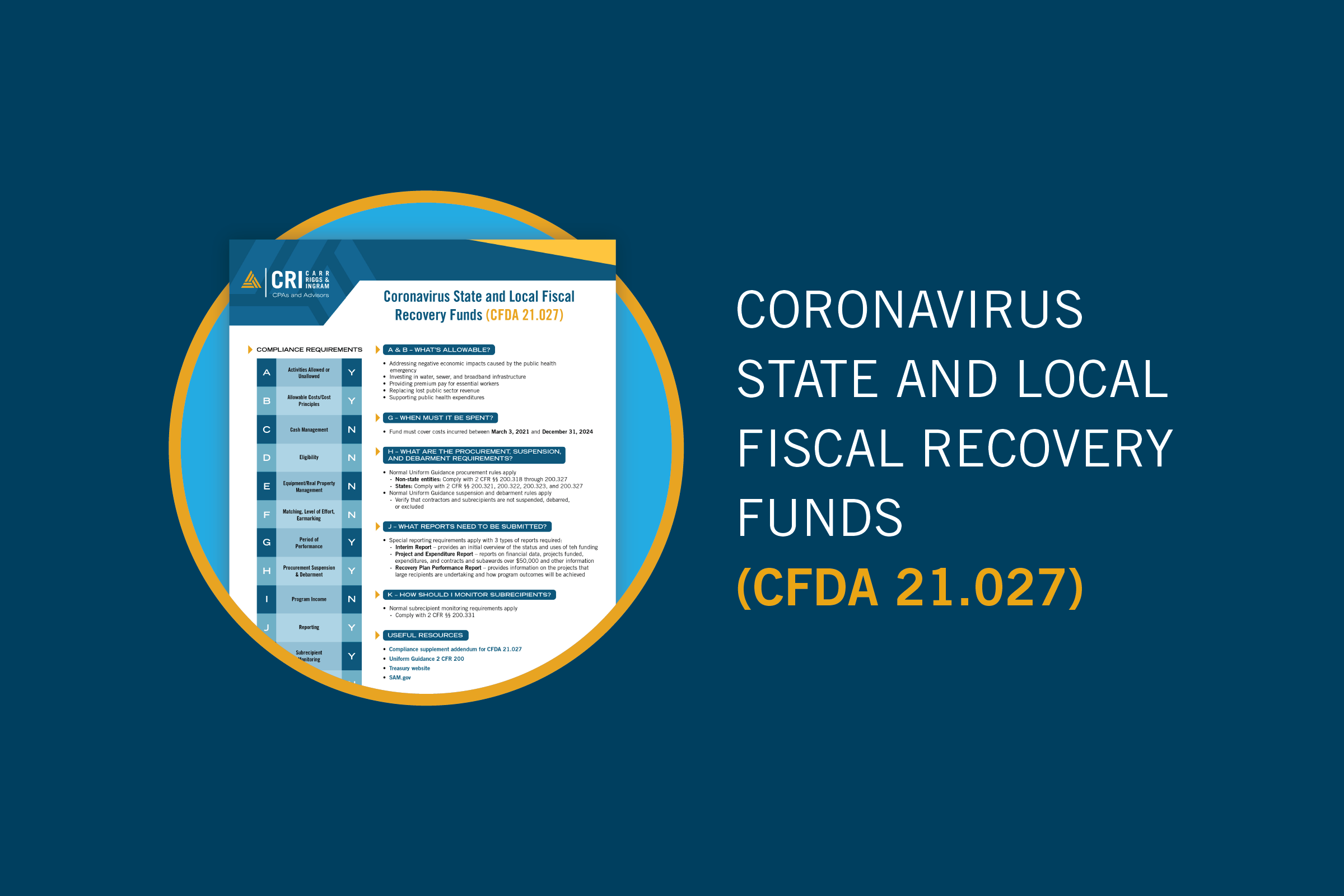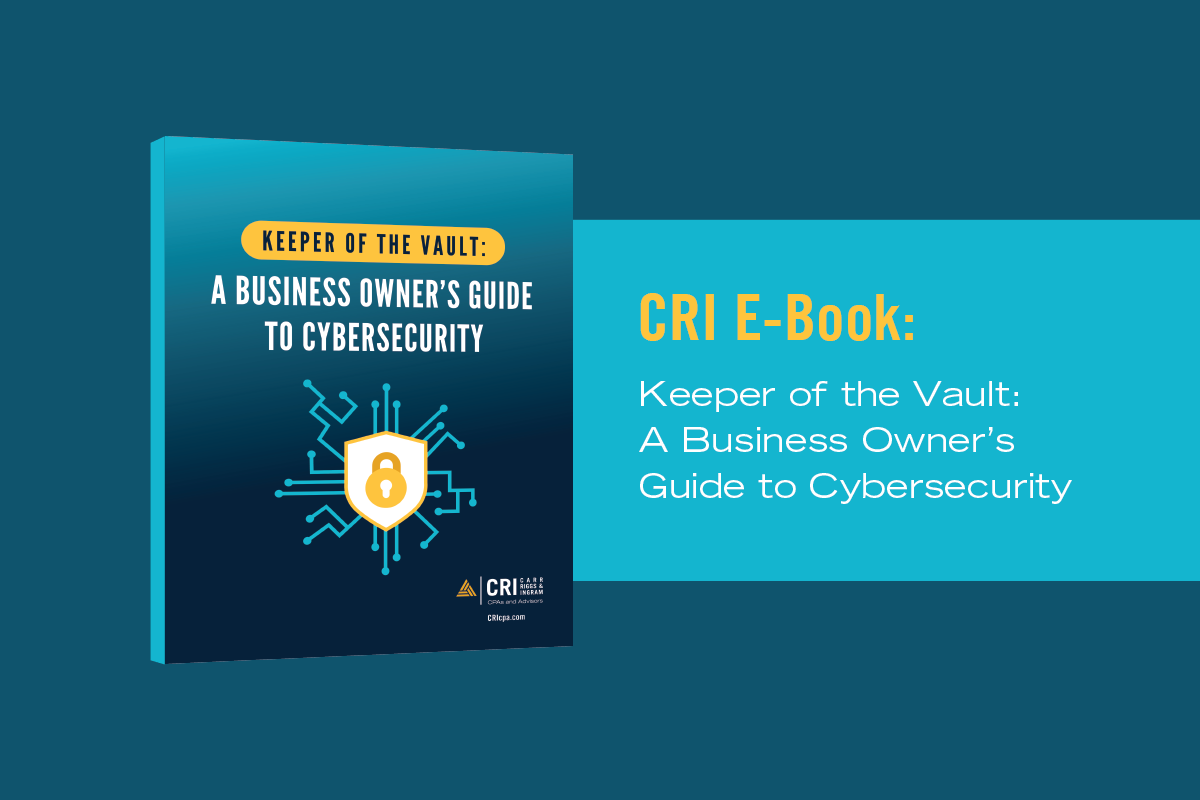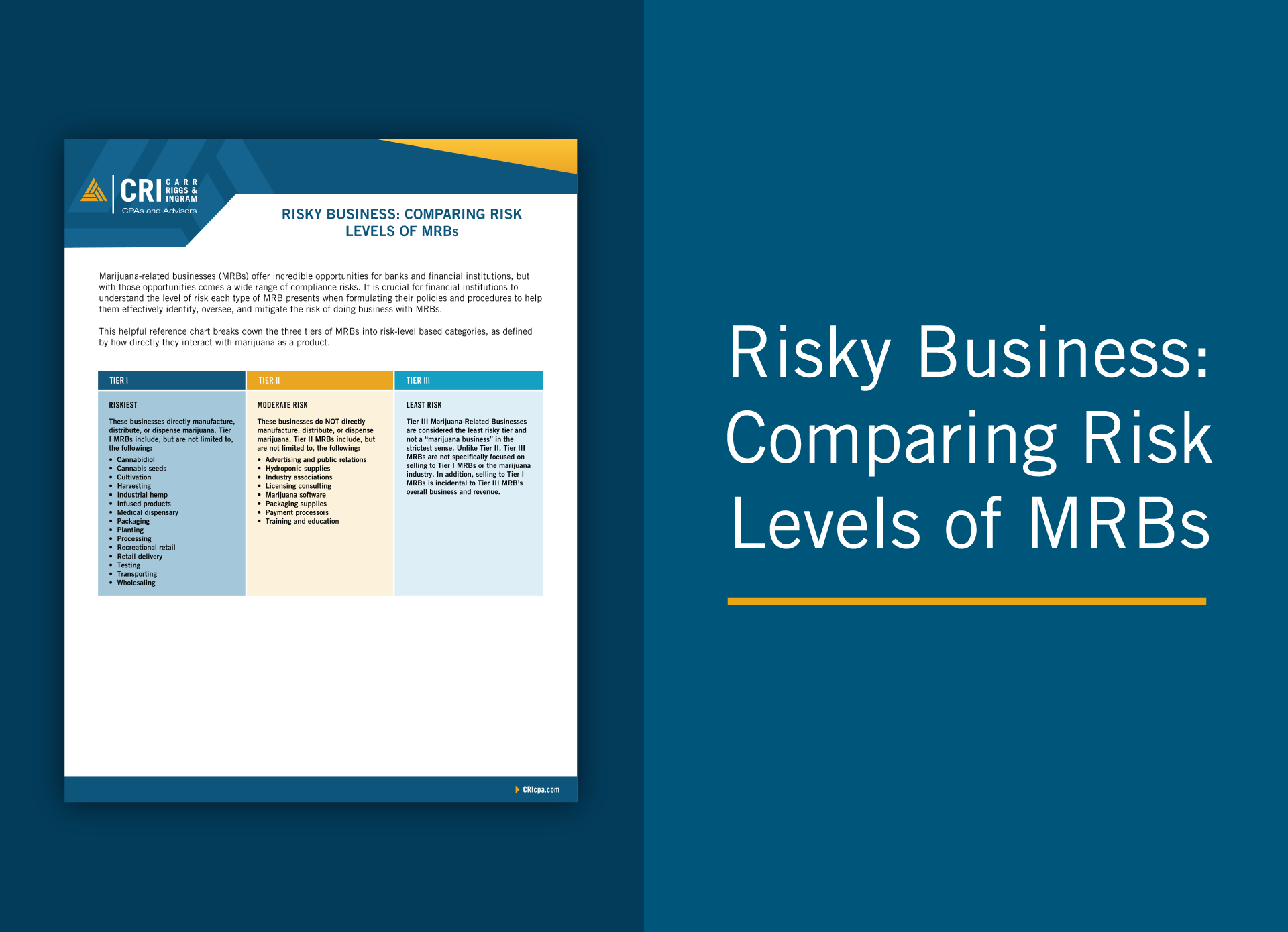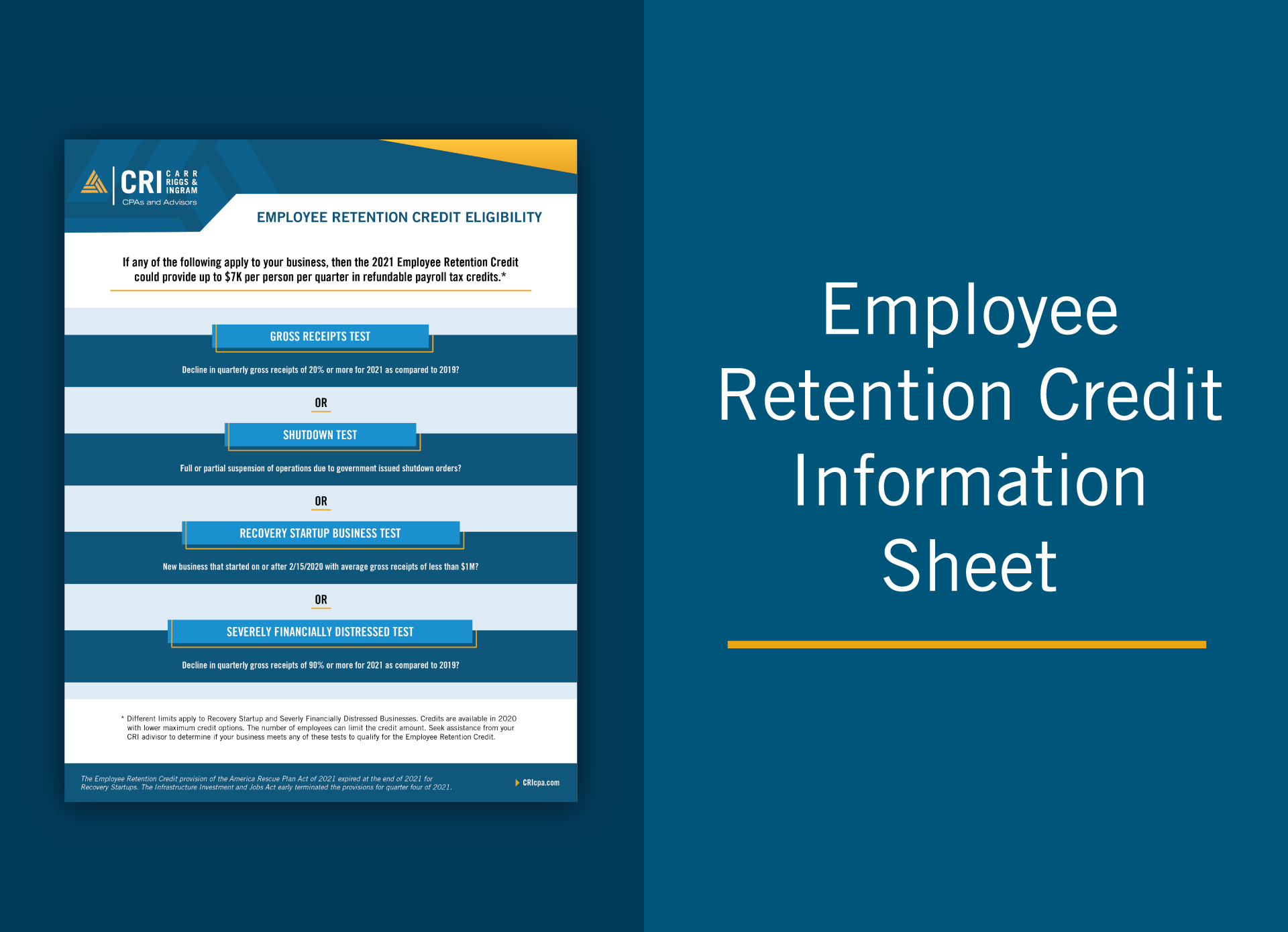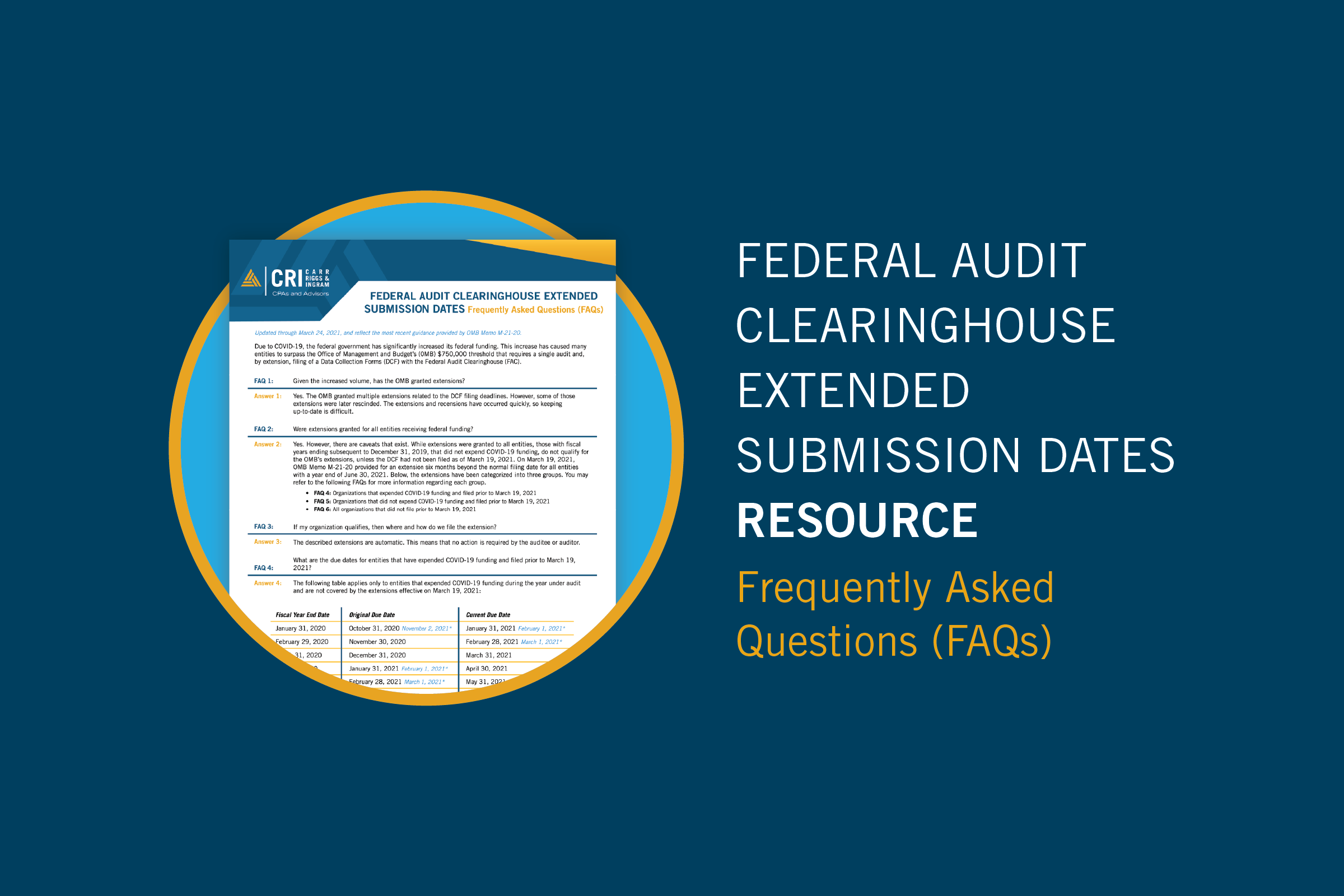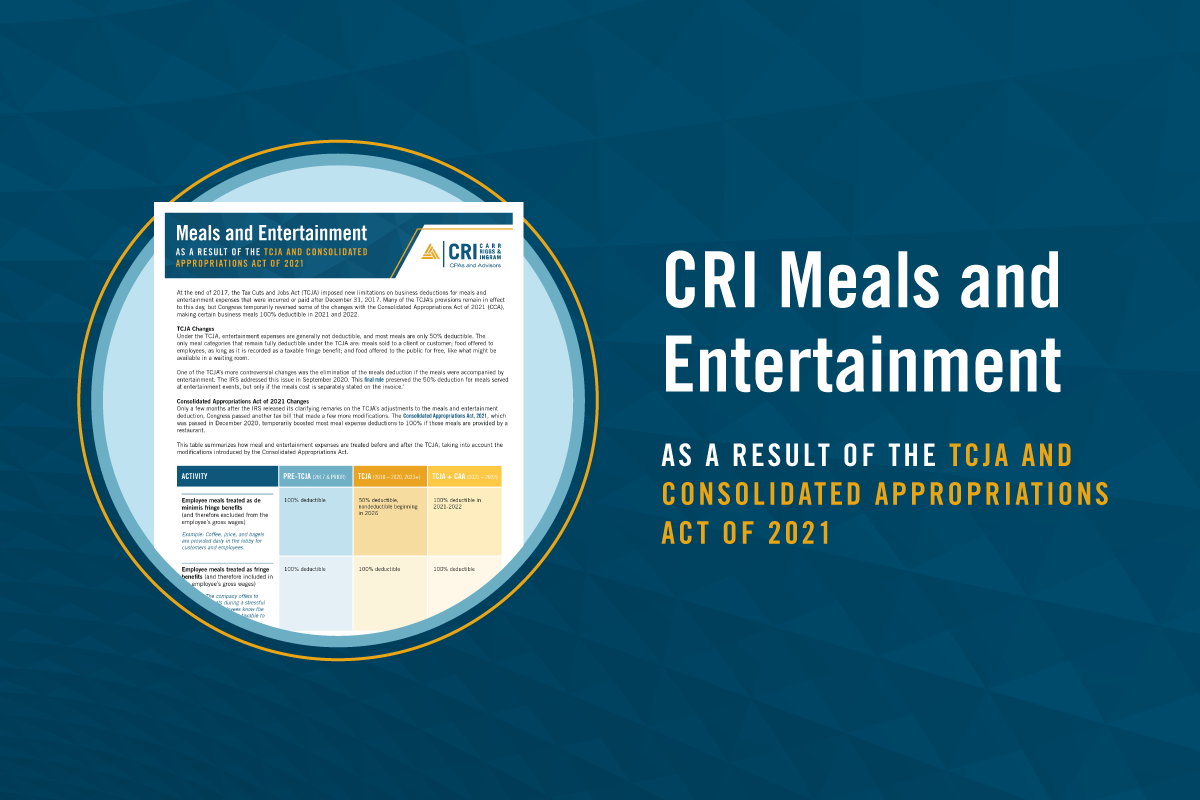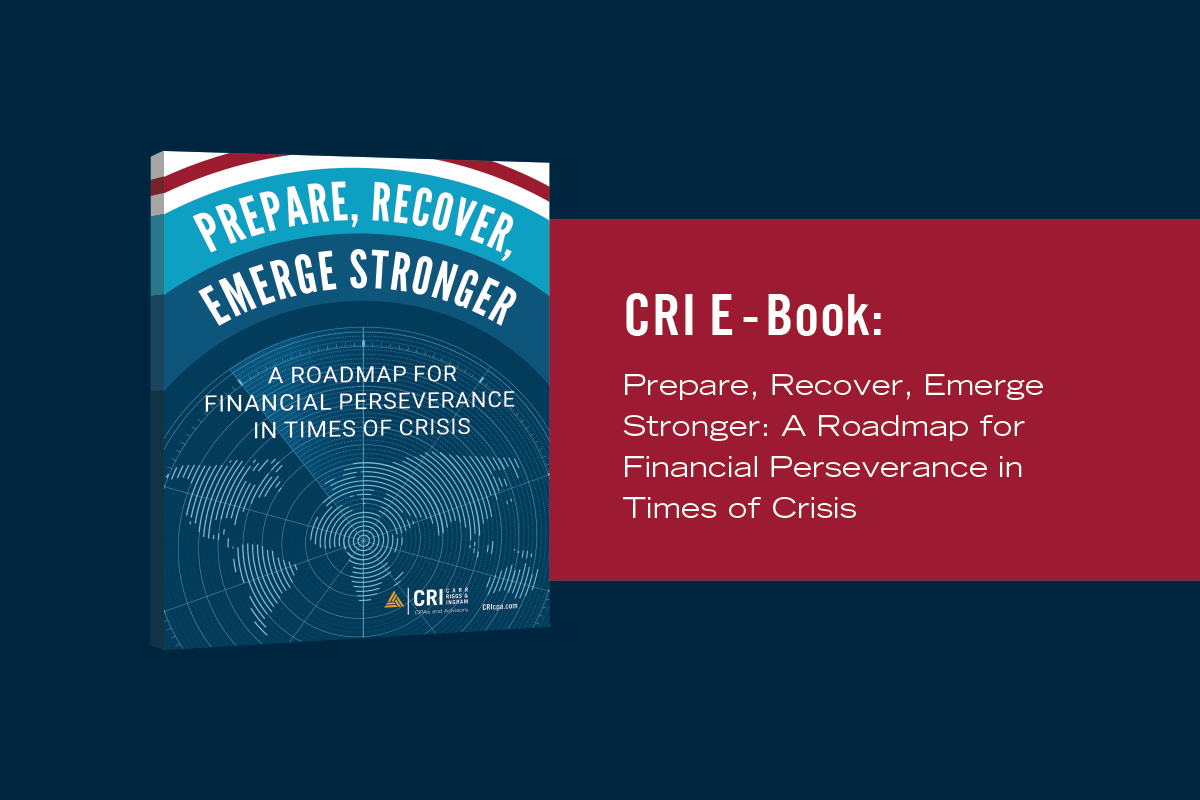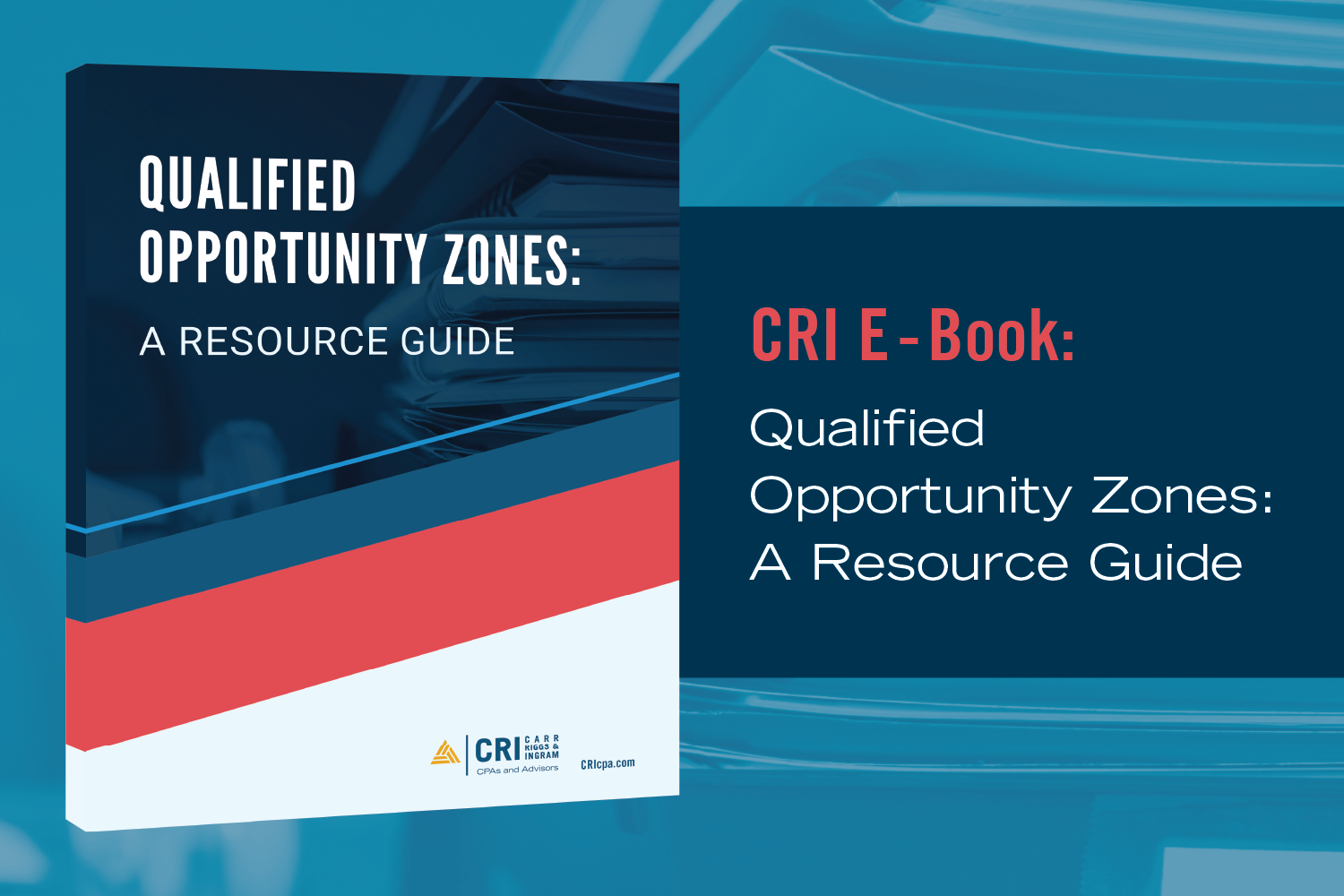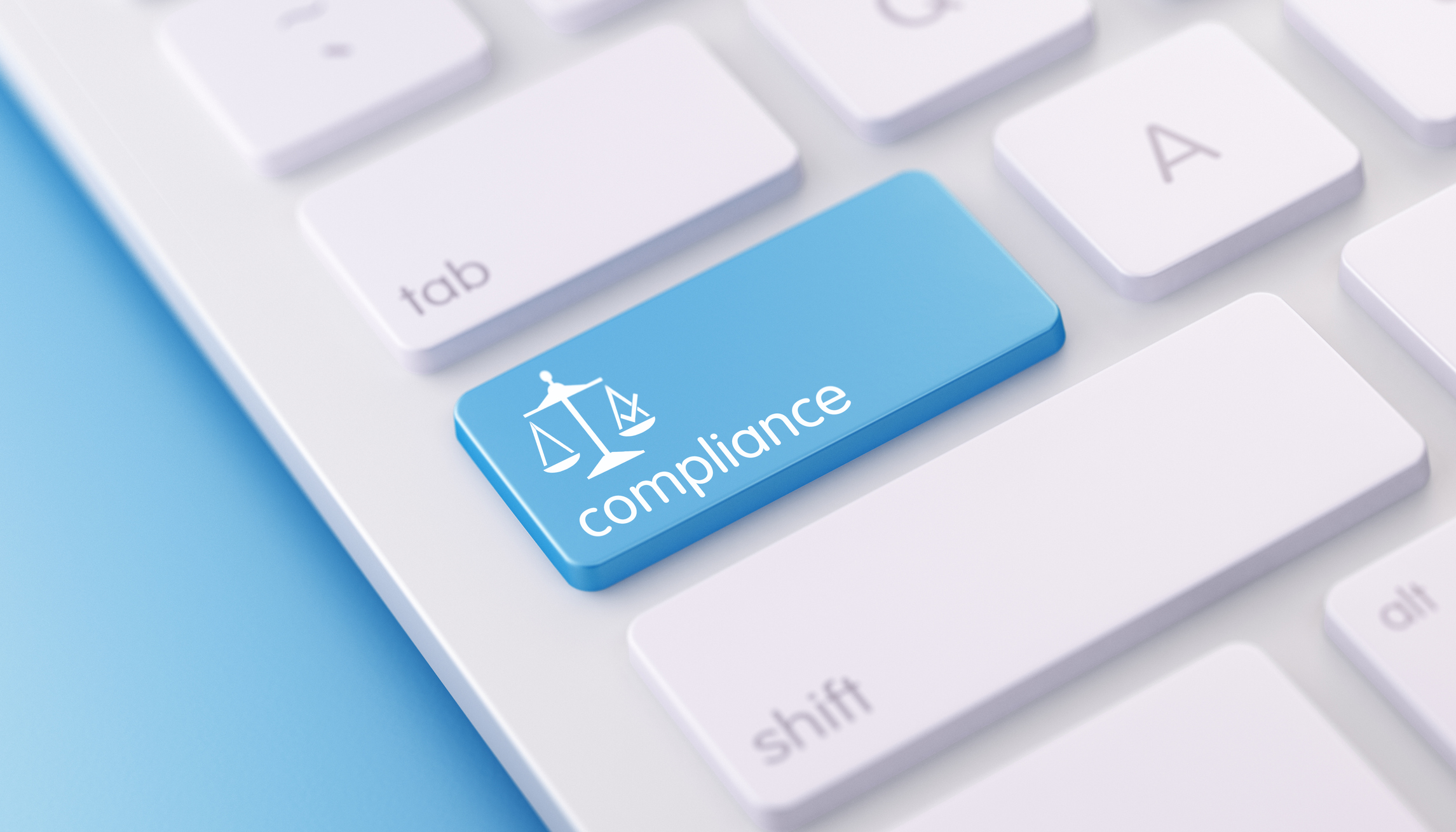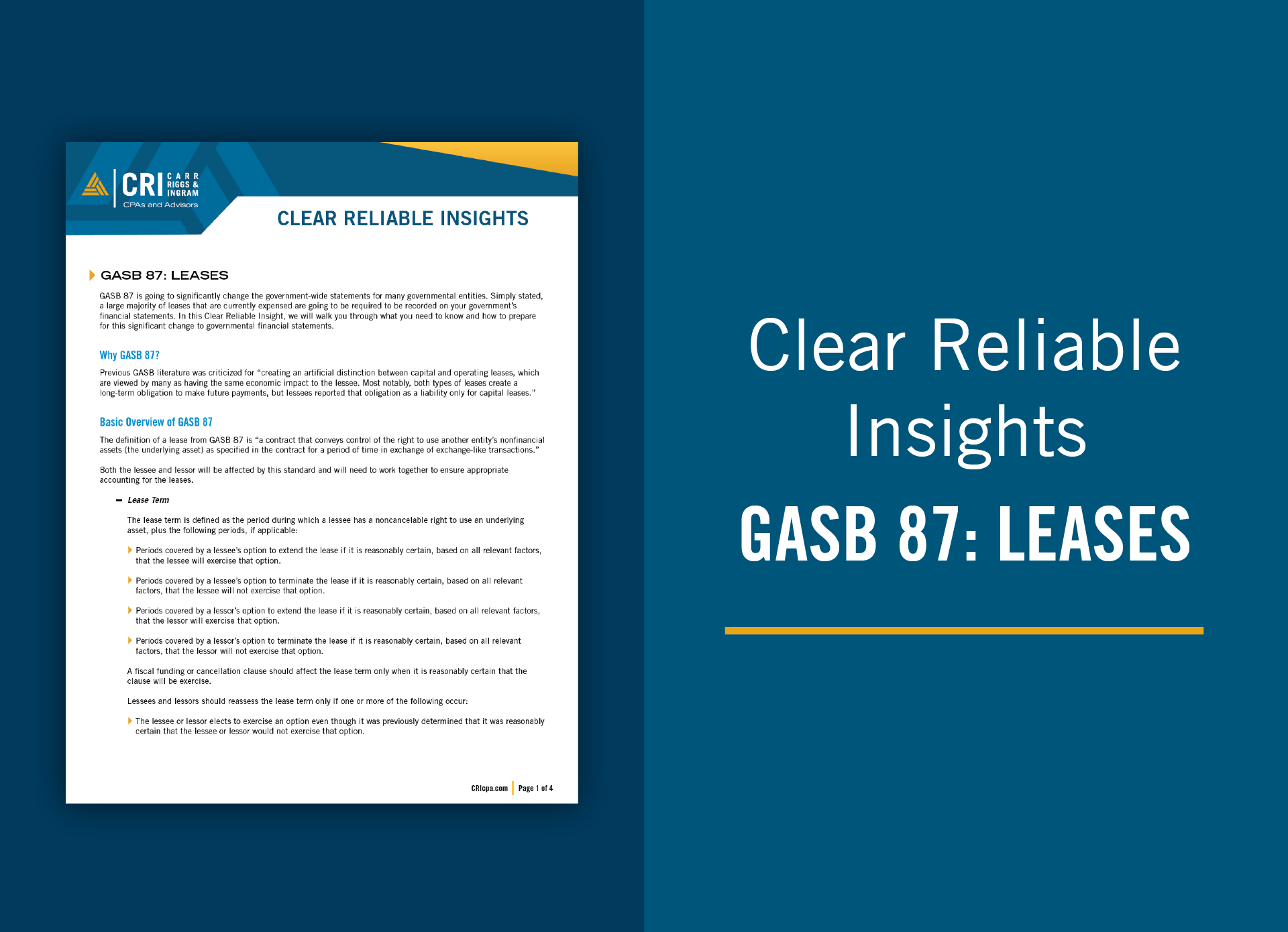Balance Sheet Reconciliations: Focus on Internal Controls
Sep 15, 2019
Are you looking for ways to safeguard your company’s assets? What about making sure your financial statements are accurate, or that you’ve complied with regulatory requirements? By focusing on internal controls over Financial Reporting (ICFR), small to medium-sized businesses can enhance the integrity of their financial records by regularly performing cost-effective internal controls that lessen risk.
What are Internal Controls?
When small to medium-sized business owners hear the term “internal controls,” they are often unsure of what it actually means. Officially, the Committee of Sponsoring Organizations of the Treadway Commission (COSO) framework defines internal control as “a process, effected by an entity’s board of directors, management, and other personnel, designed to provide ‘reasonable assurance’ regarding the achievement of objectives in the following categories:
• Effectiveness and efficiency of operations
• Reliability of financial reporting
• Compliance with applicable laws and regulations.
Internal controls help mitigate risks in an organization’s operations, financial reporting, or compliance. Therefore, it’s important to take a closer look at internal controls over financial reporting (ICFR), which relates to the preparation of reliable financial statements. However, many controls may (in design or operation) address all three of these areas.
Prevent Risks Now
Business owners may feel like they have a good handle on controlling theft and loss of their company’s assets, only to have an auditor show up and tell them that they have deficiencies and segregation of duties issues. They are often left contemplating questions such as:
- How do I control my risk?
- What internal controls need to be in place?
- How much will the implementation cost?
- What controls are reasonable given the size, structure, and nature of the specific business?
But why wait to get hit with these moments (or worse, find out after the fact that a lack of control has cost you stolen property or questionable business decisions since they rely on incorrect financial statements)? Business owners can implement, or evaluate existing, value-added procedures now that both are easy to understand and inexpensive to implement. One of these basic procedures is monthly balance sheet reconciliations.
What are Balance Sheet Reconciliations?
Balance sheet reconciliations are simply a comparison of the amounts that appear on your balance sheet general ledger accounts to the details that make up those balances, while also ensuring that any differences between the two are adequately and reasonably explained. Balance sheets are stated as of a particular date and, if the control is effective, then users should understand account composition by that date.
Balance sheet reconciliations add quite a bit of control without a lot of additional time or personnel costs, giving this basic procedure the proverbial “more bang for your buck” over many other controls. In fact, most accounting software packages have built-in functions to assist with performing reconciliations.
What Benefits Do Balance Sheet Reconciliations Provide?
The objective of internal controls is to prevent or detect errors or fraud. Balance sheet reconciliations can highlight and assist with issues by:
- Detecting missing, duplicated, or untimely transactions.
- Monitoring the organization’s activities (e.g., consumption of raw materials, sales, or purchases).
- Tracking various regulatory compliance items (e.g., required reserves and allowances or permitted investment holdings).
Maximize Balance Sheet Reconciliations with These Best Practices
What:
For each identified account, the following items are relevant:
- The applicable accounting principles (e.g., U.S. standards or international)
- Title and description of the account
- Procedures and instructions to perform the reconciliation, such as:
- Account contact(s)
- Relevant reports to run or obtain
- Other items to make re-performance easier
When: Ensure that the appropriate date(s) are used in the reconciliations.
Where: Use of standard templates in a centralized repository or shared drive, no matter the type of reconciliation, fosters consistency and ease of reviewing.
How: Steps for set up and execution should be documented in an overall reconciliation policy defining:
- Processes/steps
- Roles (i.e., performer and reviewer)
- Retention
- Expected completion dates (e.g., eight days after month-end, 10th business day)
- Required supporting documentation.
Review
Who: The individual preparing and reviewing the account should have an understanding of the account’s composition and what constitutes appropriate support for the balance. For example, cash accounts will most often need the general ledger and a bank statement in order to perform the reconciliation.
What: Ensure that the reconciliation actually supports the balance and is not just a repeat of the general ledger or a roll-forward of the balance (a roll-forward might evidence another control, but its purpose is different from a reconciliation).
When: Complete and review the reconciliations promptly review unidentified differences and post the necessary adjustments while the accounting period is still open.
Balance sheet reconciliations are a simple, cost-efficient, and effective control to mitigate risk. If you aren’t already doing so, reach out to your CRI advisor to discuss how you can utilize them to improve the control structure in your organization.

